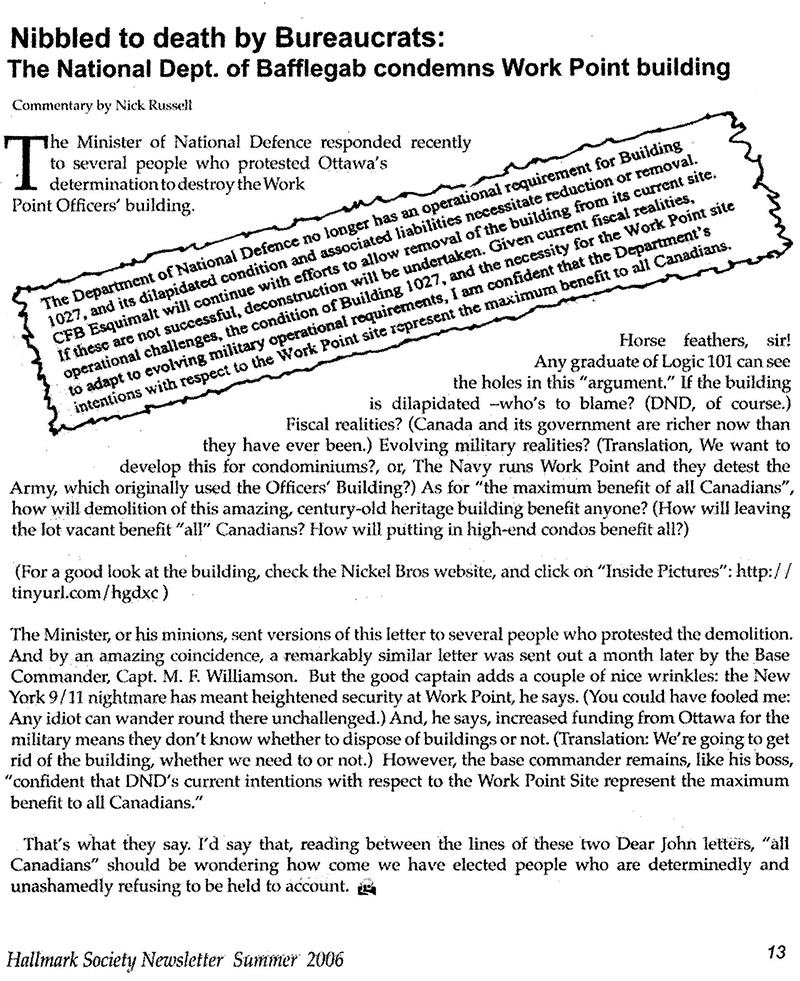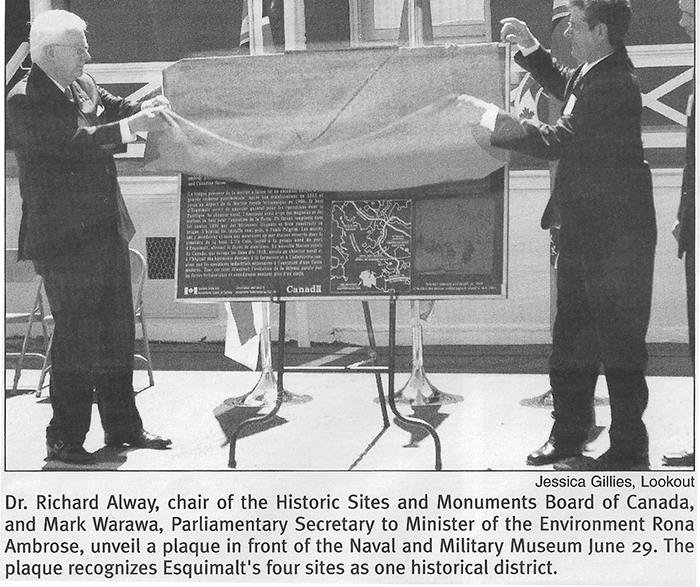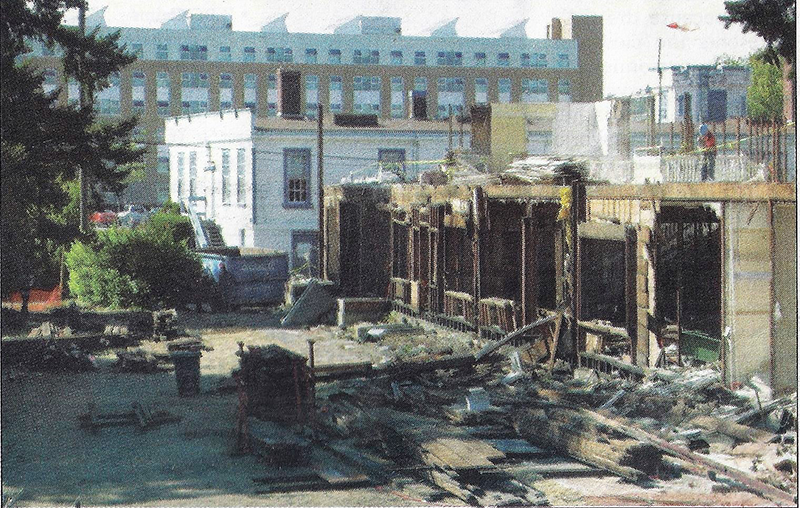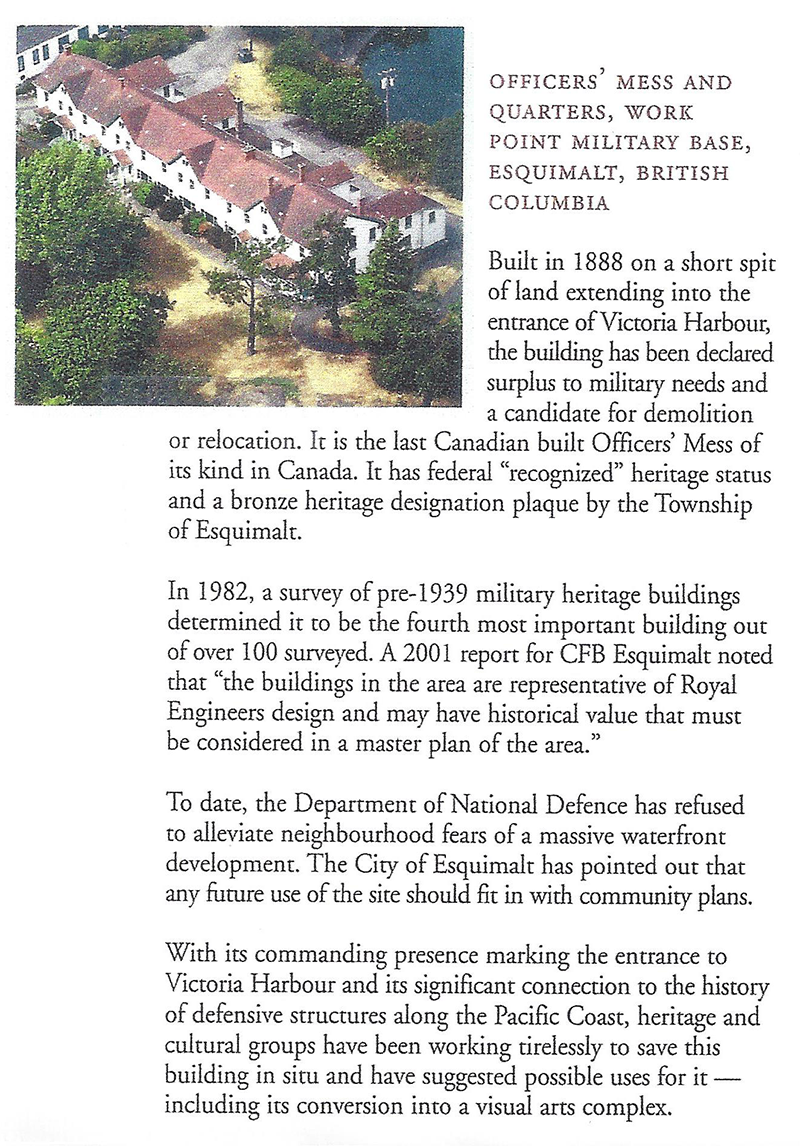 |
 OPCMHVisitor No.: |
HISTORY OF WORK POINT BARRACKSby Jack BatesPART 10 — 1995 to 20222003March 31, 2003 A report labelled “Macaulay Point, Esquimalt: Archaeological Inventory” was produced by Millennia Research Ltd. of Victoria. This report was prepared for the Public Works and Government Services of Canada on behalf of the Department of National Defence. This 34 page report contains a history, plans, photos and results of the survey. Click here for the report in PDF format. Esquimalt News Regiment Has Strong Roots in Esquimalt Ceremony Marks The Site Where Canada Prepared to Fight The Russians The 5th (BC) Field Regiment, Royal Canadian Artillery (RCA), has a strong historical connection to Esquimalt. In fact, the Victoria based army reserve unit unveiled a monument at Work Point Barracks on May 18 while commemorating its 125th anniversary. The regiment is a descendent of the first Canadian army unit that was stationed in Greater Victoria in 1878. Lt. Cmdr. Gerry Pash, of navy public affairs at CFB Esquimalt, emceed the ceremony for the unveiling of the stone cairn with a commemorative plaque at Work Point Barracks. “It does indeed mark the 125th anniversary of the arrival of the first regular force Canadian military in Victoria,” he says. Pash says the cairn has been established in recognition of the contributions “C” Battery, 1st Regiment Royal Canadian Horse Artillery (RCHA), which was stationed at Work Point Barracks from 1887-1893. The monument was officially unveiled by retired Major General John Arch MacInnes, Colonel Commandant of the Royal Regiment of Canadian Artillery, and Major Craig Dalton, who commands the modern day “C” Battery, RCHA from Shilo, Manitoba. Pash notes that in 1871, when the colony of British Columbia joined the Dominion of Canada and became a province, the responsibility of defence for the new province passed from Great Britain to the Dominion. With Great Britain no longer responsible for defence, he said there were fears the remoteness of the west coast from the rest of Canada, would mean the region was poorly defended. But on July 20, 1878 the Victoria Battery of Garrison Artillery was formed in response to a threat of war with Russia (which, of course, never materialized). “That group fired its first round from a seven inch gun at Macaulay Point on July 26,” says Pash, about the first time the unit conducted a test run with one of its guns. Three days later, the 28 man unit fired a 13 gun salute for the opening of the third provincial assembly, he points out. The unit continued to operate coastal defence batteries at Macaulay Point until 1887 when they were replaced by “C” Battery, RCHA. In 1893, the unit was replaced by a garrison of Royal Marine Artillery, through an agreement between Canada and Great Britain. That unit, says Pash, was eventually augmented by the new 5th (BC) Regiment, Canadian Artillery in 1898. “The rest, they say, is history.” The May 18 ceremony coincided with a change of command ceremony for the 5th (BC) Field Regiment at the Bay Street Armoury in the afternoon. Lt. Col. David Ross formally took over command of the Regiment from Lt. Col. Lloyd Sherrard.
The cairn reads: C BATTERY “C” Battery, Regiment of Canadian Artillery at the time, is actually the forerunner to “C” Battery, RCHA, which was authorized January 15, 1915 as part of the Royal Canadian Horse Artillery Brigade in WW 1. “C” Battery moved into Work Point in 1890 although three huts for them were built in 1888. Of the three originals, only building # 1004 remains, currently named the “Stettler” building. It is also a FHBRO Recognized building. 2004During the year, the WESTEINDE Group, Design Build Division, constructed the new NOTC (Venture) Phase II, Accommodation, Dining and Galley Facilities at Work Point. The accommodation block is named The Admiral Sir Charles E. Kingsmill Kt. Building numbered 1372, and the galley is numbered 1373. Between the accommodation building and the dining / galley buildings is a statue of “Venture Cadet 1954 – 1966”. To allow for landscaping around the new building, the weigh scale and shack built in 1904, # 1088, was removed from the site by the contractor in July. Unfortunately, the 1903 ornate steel approach, weigh scale and hut, all mysteriously disappeared with no record available of the transaction or their new locations. The ornate approach came from England and was stamped with: “To Weigh 5 Tons No. 3755” and “PARNALL & SONS Ltd. MAKERS BRISTOL.” A case of “out of sight out of mind,” and heritage value seemed to be viewed as irrelevant in favour of landscaping. Suffice to say I have more on this topic if anyone is interested, and the structures are still absent!
ESQUIMALT PARKS AND RECREATION Yates, Thorn & Associates, Consulting Services, prepared a Parks and Rec Strategic Plan for DND lands at Work Point, Macaulay Point and Colville Road, initiatives # 2, 11 and 12 specifically. This report also highlighted the adaptive re-use of buildings 1020 and 1027. Coincidentally, Esquimalt Council produced a proposal creating the FRIENDS OF FORT MACAULAY SOCIETY. Its intention was sound but its history is not popular knowledge.
Lookout An article about the discovery in the attic of the Officer’s Mess and Quarters of 1891 childhood letters written to Aubrey Holmes, the son of Lt. Colonel JG Holmes, at the time the Commanding Officer of “C” Battery, who resided in that residence with his family. (See PDF Work Point 1027 Holmes letters) WORK POINT Today, a tour of Work Point Barracks and Macaulay Point Artillery Battery was conducted by guides, Lt, Col. J. Cecil Berezowskt (ret) RCA and Major Brad Woolven (ret) 5th Regiment, RCA. This was presented by the Work Point Arts Project Society to acquaint interested persons with the history of the above.
FORT MACAULAY Photos by Jack Bates
WORK POINT These photos I took on this day around Work Point.
Lookout Work Point’s Golf Hill Engulfed in Flames Golf Hill in Work Point looks charred and desolate after a fire scorched the area last Tuesday. The blaze burned about half a hectare of land, fuelling itself on grass, brush and trees. Assistant Fire Chief Randy Morton says the Base Fire Department arrived on scene within three minutes of receiving the first of 15 911 calls from concerned citizens who saw the thick smoke blanketing the neighbourhood. When they arrived at 4:15 p.m. they were confronted with a wall of flame three metres high and 40 metres wide along the ridge of Golf Hill. They quickly set to work pumping water through a ladder truck and fire engine to prevent the flames from reaching the married quarters behind the hill on Bewdley Avenue. Initially CFB Esquimalt Fire and Rescue deployed 10 firefighters to the scene, but found the tinder dry conditions prevented them from containing the fire on their own, so they called in more units from the base and an engine from the Esquimalt Fire Department to assist. “I just kept on adding resources until I was sure we could get it under control,” said Morton. By the time the fire was contained at 5:30 p.m. 22 firefighters were battling the blaze. The department also got help from residents of the Work Point married quarters who hauled hoses for the fire fighters once the flames were under control. “They really put in a lot of effort handling those lines for us,” said Morton. “It was a great help.” Morton says shifting winds and heavy brush make wild fires more unpredictable than structural or shipboard fires. At one point on Tuesday the fire looked like it was headed for the thick wood lands around McLoughlin Point, but a gust of wind reversed the direction of the flames and sent them towards the Work Point married quarters. Dry conditions in the area made the fire particularly stubborn to extinguish and firefighters were still on the scene Wednesday keeping watch over any hotspots that flared up and doused them with water and foam. The cause of the fire is under investigation, though Morton believes youth playing with matches was the likely source of the blaze. Lookout A Community in Bloom Amateur and expert green thumbs showed off the fruits (and vegetables) of their labour the morning of July 11, at the second annual Work Point Community Garden competition. Event organizer Maxime Rogers led the attending gardeners through the maze of organic garden plots in an attempt to pick a winner in the best new garden, most improved garden, and best overall garden categories. Each plot, with its assortment of fruits, vegetables and bright flowers was judged according to its neatness, diversity of species, productivity of the plants and types of flowers. Some good natured rivalries even sprang up amongst the more experienced gardeners leading up to the competition. “I told Goodie (Harper) in the spring that I’d take her to town,” said Rogers. “She said, Max, I’m not even trying.” The community garden draws all sorts of people to its soil, from the newly married to the long retired, civilian and military, and from a variety of ethnic backgrounds. Rogers says they have members from Cuba, South Africa, Wales and Kenya tending plots in the garden. There’s even a “Best Babies” garden for Esquimalt Neighbourhood House gardeners and a box for their young children to dig in the dirt. Asked why people become involved in the community garden, Rogers said, “Passion. A desperate urge to get dirty. Maybe the desire for self-sufficiency.” The scores for the day were tabulated back at the Military Family Resources Centre, which the group uses as its clubhouse. After the winners of the competition were declared and their prizes handed out, Rogers auctioned off produce from her own garden. Proceeds from auctioning the large heads of broccoli and fresh garlic went to the “Women for Women” project, a non- profit organization dedicated to seeing a community garden established in Kabul, Afghanistan. Rogers calls the idea “Gardeners without Borders.” Those interested in participating in the Work Point Community Garden can contact Maxime Rogers at 384-4661. Plots are principally available for military personnel regardless of where they live, although some civilian requests will be considered. Plots are 15 ft. by 15 ft. and cost $35 per year, while 30 ft. by 30 ft. plots are $50. SIGNAL HILL These images I took of the two buildings atop Signal Hill.
WORK POINT These photos I took on this day around Work Point.
WORK POINT These photos I took at Work Point this day.
September 12, 2004 VENTURE CADET
Lookout Film Crew Turns Work Point Into the Presidio Through the magic of film, CFB Esquimalt’s Work Point will transform into the famous San Francisco Presidio military base this week. A film crew from the Island North Film Commission and 50 trailers of movie making equipment has converged on the Naval Officer Training Centre to film the tentatively titled “Murder at the Presidio.” The film features Lou Diamond Phillips and Jason Priestly, and centres on the investigation of a murder involving a decorated U.S. Marine. Last week, the Naden main gate closed for much of the day as the crew filmed scenes using the gate as a backdrop. This week they are filming on the parade square, inside the Haida building and in the administration building. The neighbouring community can expect some disruption Friday night, as filming extends into the night, and on Saturday morning as the crew and trucks pack up and rumble out of Work Point in the early morning. Times Colonist A WINDOW INTO HISTORY Aubrey Holmes, By J. Cecil Berezowski (See PDFs A Window Into History PDF 1, and PDF 2, and PDF 3) HERITAGE CANADA FOUNDATION COUNTER ATTACK COULD SAVE CANADA’S MOST WESTERLY ARMY GARRISON (Click here to view the Heritage Winter article as a PDF file)
WORK POINT BARRACKS SITE PLAN This site plan is very detailed, includes the buildings with their DND Work Point numbers and current use, which I have used for reference many times. However, missing are the DRF’s WP1194, WP1195, and the SLDS, WP1193 at Fort Macaulay. I have been curious why the concrete cable hut at Fleming Beach was never numbered or included in any studies, it was part of the Victoria-Esquimalt World War 2 Defence System. Also, I realize the FHBRO report 89-205 did not include reference to a number of structures within Work Point Barracks and Fort Macaulay, aside from its criteria. Click to view Work Point Barracks site plan December 13, 2004. DEFENCE CONSTRUCTION CANADA From information furnished by Defence Construction Canada regarding demolition completion dates for Work Point buildings, the following are listed:
2005Coincidental with the removal of the weigh scale, approach grate and hut in 2004, the original men’s canteen building # 1087, built in 1903, was demolished in March of 2005 to allow for improvements to landscaping and parking around the new NOTC accommodation building, and afforded new perimeter fencing to be placed in October. The Agreement of Purchase and Sale of the Guardhouse and associated property was signed on May 9, 2005 by Xhamasung Holdings LLP and the seller Transport Canada. (Article 6 contains the Heritage Section 6.01) COLONIST FORT MACAULAY - PAINT-IN AT THE POINT This was the first time that the buildings were painted the red brick colour. Click to view image as a PDF. OPCMH I noticed that the Officer’s Mess (WP 1027) was not on the Historic Places Web Site so I contacted them referring to the other “Recognized” buildings at Work Point there are, 1001, 1004, 1020 and 1075. FHBRO was responsible for this and had neglected to do it for some reason. After the WPAPS (Colin MacLock) also wrote them, and involvement by the BC Heritage Branch, it was eventually added to the Canadian Registry of Historic Places in September. NOVADOC MONUMENT On this day on the Digby Nova Scotia waterfront, a monument was unveiled to commemorate the 24 people who lost their lives on March 3rd, 1947, when the Nova Scotian gypsum freighter SS NOVADOC was lost at sea off the coast of Portland, Maine. This story is told in the book titled “ALL HANDS LOST” by Blain Henshaw, published in 2016. My uncle, Robert Frederick Bates (Frank), picture below, was a wheelsman on the ship. He was listed as 41 but was actually 51 years of age at the time and served in World War 1, returning to Victoria in 1919.
Click to view Novadoc monument and other related information (PDF). FHBRO The Guardhouse Heritage Recording Documentation by Transport Canada consisting of 160 pages, to which I have a copy, an excellent report particularly on such a unique heritage recognized building. For a digital file contact Transport Canada ATIF – 2005 – 00600. View a letter re the Guardhouse Heritage Recording Documentation by Transport Canada as a PDF. Times Colonist First Nations Move In On Westbay Marina RV Park The Songhees and Esquimalt First Nations have quietly purchased the recreational vehicle park at Westbay Marina from Transport Canada for $1.88 million. Esquimalt First Nations Chief Andy Thomas confirmed the deal this week, saying a “limited liability partnership” of the two aboriginal groups acquired the 3.2 hectare waterfront property and the access road to it. Thomas said the First Nations hope to increase their presence in the bay and elsewhere in Victoria harbour. “We’ve been invisible far too long and we want to play a part in the role of the economy of the harbour,” Thomas said. The First Nations established a development corporation called Xhamasung Holdings LLP expressly for the purchase of the Westbay property. The RV park is run by lawyer Mark Lindholm, operator of Westbay marina, whose lease on the property will continue for another 12 years. Lindholm could not be reached for comment. Transport Canada spokeswoman Ruth Casey said the federal department also plans to sell its Westbay water lots, leased by three marinas, but not immediately. Asked why the federal department did not announce the sale of the RV park property on May 9, when the deal was concluded, Casey said the agency has dozens of properties in the Victoria area. “We don’t put out a press release every time we sell a property.” Stewart Johnston, chairman of the Greater Victoria Harbour Authority, said he was stunned to learn of the sale. The authority had counted on taking control of the Westbay property as part of the federal government’s harbour divestiture process. Johnston said the authority hoped revenue from the marinas and RV park would help finance its other developments around the harbour, so when Thomas recently informed the authority of its acquisition, “it was a big surprise.” However, Thomas said the First nations are part owners of the harbour authority and want to benefit from waterfront development. Photo “The RV park behind the boats at Westbay Marina is owned by a company created by the Songhees and Esquimalt First Nations.” OPCMH DATE LINE - TIMES COLONIST - OCTOBER 4, 1968. GARRISON REPRIEVE “CERTAIN” In August 1968, DND had sold two Signal Hill buildings, 1522 and 1526 Esquimalt Rd, for $200. These buildings, of a historical military era, were destined for demolition. Not to be just disregarded, they were saved by the efforts of then Esquimalt-Saanich MP David Anderson, Victoria MP David Groos, and “public” will. With the co-operation of Public Works Minister Arthur Laing, they took the “request to save and reoccupy” to Ottawa. This challenge was accomplished much to the praise of community and constituents, and the buildings are in use to this day. Can history repeat itself? Currently a few remaining Canadian built historic buildings in Work Point are destined for destruction, or soon could be, they are: the original “C” Battery barracks # 1004, built in 1888, the “C” Battery Guard House at the entrance to Work Point # 1001, built in 1889 and now Transport Canada, the “C” Battery Officer’s Quarters and Mess # 1027, built in 1890, the coastal defense ammunition Magazine # 1030, built in 1895, not included in recent DND studies, and the Administration Building # 1020, built in 1918, the original HQ of the CWAC. While four of the five buildings are of Recognized heritage status, two are abandoned in obvious neglect, the remaining possibly to follow suit, and of course demolition will surely ensue. It is too late to preserve the heritage weigh scales and shed, as recommended by DND studies, they have recently been removed. Also of local concern is the dedicated area of the saluting base with flagstaff and gun. While there are expressed and committed local groups interested in utilizing these buildings, no resolve has materialized, and in the meantime demolition through neglect looms ever closer. History can repeat itself!! I believe the “public” will is there……. Jack Bates Esquimalt News Buildings Must Be Preserved In August 1968, the Department of National Defence sold two Signal Hill buildings, 1522 and 1526 Esquimalt Rd. for $200. These historical military-era structures were destined for demolition. However, they were saved by the efforts of then Esquimalt-Saanich MP David Anderson, Victoria MP David Groos and the “public will.” With the co-operation of Public Works Minister Arthur Laing, Anderson and Groos took “the request to save and re-occupy” to Ottawa. To the praise of community and constituents this challenge was successful, and the buildings are in use to this day. Can history repeat itself? Currently a few remaining Canadian built historical buildings in Work Point are destined for destruction, or soon could be. They are: the original “C” Battery barracks # 1004, built in 1888; the “C” Battery Guardhouse at the entrance to Work Point # 1001, built in 1891 (now Transport Canada); the “C” Battery officer’s quarters and mess #1027, built in 1890; the coastal defence ammunition magazine # 1030, built in 1898 (not included in recent DND heritage studies) and the administration building # 1020, built in 1918, the original HQ of the CWAC, two thirds rebuilt in 1918 after the 1917 fire. The four buildings have Heritage Recognized status, one is unoccupied, two are occupied but in a deteriorated state, and one is abandoned in obvious neglect along with the magazine. It is too late to preserve the 1903 weigh scales and shed, they have been removed, contrary to DND study recommendations. Also of local concern is the dedicated area of the saluting base with flag staff and gun. While there are expressed and committed local groups interested in utilizing these buildings, no resolve has materialized, and in the meantime demolition through neglect looms ever closer. I believe the “public will” is there…and history can repeat itself. Jack Bates DAVID ANDERSON LIB – MP Dear Mr. Bates: Thank you for the copy of your email message of 23 August 2005, and for your kind reference in your draft article. I trust history can, and in fact, repeat itself. With kind regards, yours sincerely, The Honourable David Anderson, P.C., M.P. for Victoria. As was expected, this dialogue never amounted to anything. OPCMH A letter from me to J Hucker at FHBRO re Counter Intervention for 1027. View as PDF. Victoria Ottawa Ignores B.C. Heritage In recent correspondence, the Minister of National Defence stated that “Fort Rodd Hill National Historic Site has captured and portrays the role of Work Point Barracks in the coastal defence of Canada in this area.” The CFB Esquimalt Base Commander has stated that “local military history is extremely well told at Fort Rodd Hill Park, the Base Museum, and various regimental museums in the Armouries.” Fort Rodd Hill, through Parks Canada, is an excellent historical exhibit of coastal defence batteries in this area but does not acknowledge the 100 years plus of Garrison duty at Work Point Barracks in Esquimalt by various elements of the Canadian Army and others stationed there as early as 1887. The Naval and Military Museum in Naden is a superb location for naval history, but is an indifferent location for Work Point Barracks heritage. Lt. Joan Kennedy’s CWAC memorial plaque outside the base museum doesn’t reference headquarters at Work Point. The local Regimental museums deserve immense credit for dedicated and ongoing representation of their individual Regiment’s lineage. Under cover of the above DND statements, Work Point’s recognized federal heritage buildings and others are being abandoned, neglected, destined for demolition, or transferred away with lands to eventual elimination. In addition, once the Naval Officers Training Centre is completed in work Point, it will have been at the expense of the Canadian Army’s century-plus proud existence and tradition in Esquimalt, save for a couple of plaques and street names. Does anyone notice? Jack Bates, Victoria PLATINUM MAGAZINE This article was authored by Colin MacLock of Esquimalt, a heritage advocate who championed the project to repurpose the Officer’s Mess and Quarters building rather than demolish it. A gallant five-year effort by the Work Point Arts Project Society to save the FHBRO Recognized building in the end failed, it was demolished in 2006. There are other articles in 2004, 2005, 2006 and 2007 about the loss of this built heritage building and its calculated demise. Click to read Platinum Magazine article (PDF). November 9, 2005 Veteran Fears For Park if Sewage Plant is Built Nearby Once a year, Jack Stevens, an old soldier, meets an old army buddy at Macaulay Point to reminisce. It was at Macaulay Fortress back in 1939 that Stevens met Peter Maule. Stevens manned the six inch guns there for about a year and a half. After long military careers, both retired here. They meet in Macaulay Point Park down by the old gun emplacements, and picnic. Now Stevens, 85, is upset that Esquimalt Mayor Darwin Robinson has agreed to allow a future sewage plant nearby. “I feel pretty good about having that place kept as a decent place for people to go and have a sit around and walk their dogs,” Stevens said. He said the area already sometimes stinks of sewage and a treatment plant nearby couldn’t help but make the problem worse. Robinson said Stevens has nothing to worry about and Macaulay Point Park won’t be affected. Rather, he said, a future plant would be built on DND property at Macaulay Plains. His idea would be to allow the Capital Regional District to bury the plant and even see sludge barged away rather than trucked away, he said. “I think I can get them (the CRD) under two acres behind the pumping station with everything underground,” Robinson said. “There’s Macaulay Plains and Macaulay Point. Macaulay Point’s the park, that we lease from the federal government or DND, and Macaulay Plains is the 1.1 acre site of the pumping station. What we’re looking at is three acres in total if I can get them down to the two acres underground.” Macaulay Point isn’t the only military site that some feel is under siege in this, the federally declared Year of the Veteran. Just down the road in the former Work Point Barracks, the old waterfront officer’s mess, oldest Canadian-built military facility in Western Canada, is boarded up and slated for “deconstruction” – to be torn down. That frustrates retired Lt. Col. Cecil Berezowski, who as a junior officer lived there. Work Point was home to Canada’s most westerly army garrison from 1887 until 1994 when the navy took over after the 3rd Battalion Princess Patricia’s Canadian Light Infantry left. The officer’s mess was built in 1890. The Work Point Arts Project would like to see the building preserved for use as a visual arts centre, but Berezowski said their pleas are falling on deaf ears. “The navy wants to rip it down in the worst bloody way,” he said. “They are creating a college campus for HMCS Venture (the naval officer training school).” Requests to Defence Minister Bill Graham to have the mess’s status reviewed by the Historic Sites and Monuments Board of Canada for possible designation as a national historic site have been refused, Berezowski said. “The navy isn’t interested, and anything that has any army connotation is being rapidly removed,” he said. CFB Esquimalt spokesman Capt. Darin Guenette said a request for proposals to either “deconstruct” or move the building is about to be issued. He said the base consulted with the federal heritage buildings review office, which determined that although the building had a heritage character, “Deconstruction was an acceptable outcome. So all efforts it would have taken to maintain it and upgrade it were probably unreasonable.”
COLONIST MACAULAY POINT The chances of the Capital Regional District snatching up military land for a new sewage treatment plant at Macaulay Point appear slim. Officials at the Esquimalt naval base say there are no immediate plans to declare the lands surplus, which could free it to be used for projects such as the sewage plant. “We're still saying we’re using the land,” said Capt. Darin Guenette of CFB Esquimalt, referring to the lands surrounding Macaulay Point. “Even if the CRD asked for it, we can’t give it to them because we haven’t declared it surplus.” The surplus declaration is key, because the Department of National Defence doesn’t sell land until it completes a lengthy process to decide whether it is of any further use to the military. At that point, land is offered to other federal departments, provincial government and First Nations groups for land claims, said Guenette. If all groups were to pass on buying the land, it would fall to the CRD. “I don’t think you’ll ever see the federal government move that quickly on releasing the land anyway,” said Chris Clement, Esquimalt’s new mayor, who said he will oppose a plant at Macaulay Point. The land used to be part of a reef-net fishing community for the ancestors of the Songhees First Nations, said chief Robert Sam. “I think it does have some significance to us,” he said. “And I think, yeah, we would be interested in that.” He said his band will serve notice of intention before DND puts the land up for sale. The CRD board sent a letter in mid-September to DND in Ottawa requesting 2.9 hectares (7.2 acres) around the Macaulay Point outfall site for a future primary sewage treatment plant. The request set off a political fire-storm in Esquimalt, where local residents and politicians objected to the use of some of the area’s most valuable waterfront property for sewage treatment. Guenette said DND does not have a firm value on the land, but former Esquimalt politicians have pegged its worth at up to $1 Billion. “This is not a simple process, and the land does not go from defence to the municipality; there’s a whole process in law which this occurs,” said Esquimalt Juan de Fuca MLA Keith Martin. “But I’ve been clear, that land at Macaulay Point should not go for a sewage plant. There are much better uses.” The CRD is mandated under its liquid-waste management plan to begin acquiring land in case it is forced to start sewage treatment in the future. The land request is simply the CRD’s way of preparing for when the military should decide to sell, said Denise Blackwell, chair of the CRD’s liquid waste management committee. Esquimalt’s vociferous objections are “kind of a tempest in a tea pot,” because of federal and provincial government pressures to one day treat sewage, she said. “The province could order us to put it there anyway, regardless of what Esquimalt says,” said Blackwell. She said if the CRD couldn’t get DND land, the site currently housing the outfall station would be enough space for a new primary treatment plant. We do think we will be declaring some of Work Point lands, surplus, in the future…how much of it, we don’t know,” said Guenette. Part of the area is used for the base’s main barracks and naval officer training centre. The base spent almost $18 million for a new officer centre and galley that opened this year. “We still plan on training our naval officers there for quite a while,” said Guenette. Neither new Esquimalt mayor Chris Clement nor Esquimalt-Juan de Fuca MLA Keith Martin are in favour of treatment plant at Macaulay Point. FOCUS MAGAZINE WORK POINT – DEMOLISH or PRESERVE ? (Click here to view the Focus Magazine article as a PDF file) FHBRO Report – St. Paul’s Church Click here to view the FHBRO Report as a PDF See December 7, 2016 for follow up. CENTURY OF SERVICE GVPL 358.180971 Graves (210) “31st RECCE” In August 1943 the Regiment moved to Nanaimo to serve as the reconnaissance unit of the 6th Division with headquarters at Victoria. Since this division was more or less static, it had no real use for reconnaissance and the 31st Recce ended up as the mobile reserve for the Pacific Command, ready to rush at a moment’s notice to repel a Special Naval Landing Force of the Imperial Japanese Navy should it splash ashore anywhere on Vancouver Island. The unit moved from Nanaimo to Otter Point near Victoria in October 1942, to New Westminster in May 1943 and to Vernon the following August. Over its first-year inexistence, the 31st Recce gradually acquired its War Establishment of combat vehicles – carriers and Otter Light Reconnaissance Cars. The latter was a rather high and ungainly Canadian-manufactured machine armed with a single .303 Bren gun and both vehicles were so thinly armoured that, in the immortal phrase of one veteran, “a well-oiled German could pee through them at 1,000 yards.” Attempts to train, however, were constantly frustrated by gasoline rationing (Vehicles were generally grounded for two or three days each week) and the constant turnover of active service personnel – just as men learned their trade, they were posted out of the unit. Things did not improve when Lieutenant-Colonel HH Riley, the former commanding officer of the Calgary Highlanders, took over in August 1943 although the unit gradually began to undertake more offensive training and acquire more modern weapons including flamethrower carriers and 6 – pdr. anti-tank guns. From December 1943 to February 1944, 31st Recce underwent instruction in amphibious warfare at the navy’s Combined Operations Training Centre at Courtenay, which probably raised the hopes of its active service component that it would soon go overseas for the forthcoming invasion of Europe. If so, such hopes were quickly dashed when, having completed its course, the 31st Recce returned to New Westminster in February 1944 where it was to remain in garrison for four months. Spirits lifted again, however, in June 1944 when 31st Recce, with 465 all ranks and 118 vehicles, was ordered to Wainwright, Alberta where a large training camp had been constructed ….
2006Esquimalt News COUNCIL REOPENS DISCUSSIONS ON WORK POINT WALKWAY CONCEPT Esquimalt aims to reclaim $100,000 provincial grant Politicians are scrambling to retrieve a $100,000 grant from the provincial government. In 2001, the Provincial Capital Commission issued the grant to finance the construction of the Macaulay Point – West Bay walkway. After sitting in municipal coffers for the past three years, the province revoked the grant last month. The Township planned for the scenic pathway to wind the whole length of the Esquimalt’s shoreline and link to Victoria’s walkways. Counc. Basil Boulton, who recently returned to council after a one term hiatus, said it was a “premature” grant from the province, which was a direct result of the provincial election at the time. Esquimalt didn’t have adequate time to negotiate permission from the Department of National Defence to the run path through their property, Boulton said. Military families were concerned that construction of a public walkway would infringe on the privacy they enjoy while living in a closed community. As a result, DND officials rejected the municipalty’s request at the time. While the city attempted to design alternative pathways that would bypass the federal land, plans never materialized and the project ground to a halt. In September, Esquimalt received a letter from the PCC requesting an update on the project. The council of the day requested permission to reallocate the funds for the Gorge Park / Creek Estuary Restoration Project, but the PCC declined and subsequently retracted the money. Boulton, who said he pushed for resolution with DND’s local leaders in 2001, said council didn’t know enough about the walkway when they confirmed that the Township would be unable to utilize the funds. Boulton said he plans to approach the PCC and retrieve the grant, and he hopes to initiate talks about the pathway with DND again. “No one was fighting for the project on the previous council. I think council didn’t understand the implications,” he said. “It came up as one of those routine housekeeping items and council was blindsided on the background.” Boulton, however, remains optimistic that the new council will be able to make steps towards reclaiming the grant. “We’ve had quite a change in staff since then,” he said. “We worked so hard to get it. We can’t just say, “We don’t care” and just let it go.” This is an important thing for this community. If we build it, people will want to come here. It is important strategically.” He expressed the hope that the military will see how a walkway would become an asset to the community. “The first order of priority is to talk with the PCC,” he said. The next meeting is Jan. 19. “Whether the money is gone forever, I don’t know,” he said. “But I will fight to get it back.” I tried to gain access to the “file” in 2014 to no avail, nobody wanted to respond and unfortunately Basil passed away a number of years ago. Esquimalt News VETERAN HELPED ESTABLISH MUSEUM Local Served on Macaulay Point Batteries Doug Nelson knew his military history. Nelson, who passed away peacefully on Tuesday December 15 at the age of 87, compiled a massive collection of historical information about the Canadian military in the basement of his Munro street home. He won numerous awards and accolades for his contributions to mostly local military history and served with various heritage advisory committees. A former commanding officer of the 5th (BC) Field Regiment (A reserve artillery regiment based in the Bay Street Armoury), Nelson contributed extensively to the development of the CFB Esquimalt Naval and Military Museum for his old regiment. In fact, Nelson was one of the founders of the CFB Esquimalt Naval and Military Museum, which officially opened in 1985. “Basically, he started the archives,” said Joseph Lenarcik, assistant curator at the base museum. Nelson collected historical Materials and petitioned for the establishment of the base museum for many years, he said. “He kept the idea of the museum at the forefront, and I think that without his support it would never happened,” Lenarcik said. Nelson continued to provide photographs and other historical items to the base museum over the years, he said. The base museum received 55 boxes of pictures and clippings from newspaper stories from nelson after he passed away. “We’ve used a lot of his photographs either for our exhibits or for loaning out copies to people who are writing books or making films,” Lenarcik said. Nelson was very organized and meticulous so staff and volunteers at the base museum only had to record items on the ledger and place them in the appropriate area of the museum, he said. Lenarcik recalls having to depend on Nelson for information on a number of occasions. “Whenever he would come to me it was always to ball me out because I would have a question from somebody that I couldn’t answer,” he said. After retiring from the federal government in the early 1970’s, Nelson took a keen interest in developing the collection for the 5th (BC) Field Regiment’s museum in the Bay Street Armoury, said Brad Woolven, a retired Major with the militia unit and current director of the regiment’s museum. “When I got involved with (the regiment’s museum) Doug was my primary source for information,” he said. Nelson joined what was then known as the 5th (BC) Coast Brigade, Royal Canadian Artillery in 195 as a drummer. He eventually became a gunner in the regiment and served at the gun emplacements at Macaulay Point and Albert head from 1935-38. Nelson received a posting with the 112th Light Anti-Aircraft Battery, RCA and was sent to England during the Second World War in 1942. He received a commission as an officer in 1944. After the war, Nelson returned to Greater Victoria and eventually commanded the 5th regiment, retiring as a Lieutenant Colonel. His extensive knowledge of the history of the artillery in Greater Victoria made Woolven’s job as director of the regiment’s museum much easier. “He was the go-to guy for information on coast artillery at Macaulay Point (and elsewhere in) Greater Victoria,” Woolven said. Nelson was predeceased by his wife Renee, who passed away last May. A memorial service was held for Nelson on January 12. Doug was a fixture in Esquimalt for many years, I used to visit him in his basement and marvel at the quantity of books, rolls, folders and other resources stuck up in the floor joists he referred to and allowed me access. Our families knew each other, through The Boy Scout Association and as neighbours, and I believe he hired my dad into the civil service after the war. I missed his “old chum” reference when we talked. He was the worthy and respected unofficial base historian and their museum named its library after Doug in his memory. WORK POINT Correspondence between myself and C.H. Orford re events concerning heritage buildings and structures since 2001. The DND dialogue quotes came from emails provided in ATIF responses. COLONIST TIME RIGHT TO VOICE CONCERNS It’s time to get involved in the future of Department of National Defence lands that may be deemed surplus, members of a recently-formed citizen’s group say. “We want to raise public awareness to the impact, etc. when proposals (for the lands) do start to materialize,” said Judith Cullington, a spokesperson for the Coalition to Protect the federal Lands in the Western Communities of Greater Victoria. “There’s a lot of uncertainty about what happens to lands that are deemed surplus.” The coalition is made up of about 20 people representing other community groups and organizations. The Federal Government is in the process of looking at holdings in terms of what it uses and what it doesn’t in a number of places, including Colwood, and some sections will likely be deemed surplus, Cullington said. DND, meanwhile, maintains no decisions have been made, and there is an ongoing review of its land holdings. But Cullington and others are already starting to advocate for protecting the valuable land. Belmont Park borders on sensitive ecosystems, and part of what makes those lands so valuable is that they serve as wildlife corridors, she said. “Each has an individual ecological value, but together, they are much more important,” Cullington said. Another area of concern is Hatley Park and Royal Roads University, which contains old growth Douglas Firs, of which there is only about 1,100 hectares in the world, with roughly 12 per cent of that in Royal Roads and the Mary Hill area, she said. “Royal Roads has a number of very old trees, about seven of the tallest in B.C., Cullington said, adding that the Esquimalt Lagoon nearby is also a bird sanctuary. A Federal-Provincial study indicates that Colwood has lost 1.4 per cent of old growth forest during the past 10 years, and nine per cent of older second growth forest. In addition to ecological values, there’s a need to protect cultural values, with some of the land showing evidence of long-term First Nations history, Cullington said. She pointed out that some of the land is also part of First Nations land claims, involving the Esquimalt and Songhees Nations. Land near the View Royal border may also be deemed surplus. Some might consider that just a small piece, Cullington said, but “when you start to lose bits, you start to lose the whole picture.” DND asked the Victoria Natural History Society in 2001 to do survey work around Rosebank Road, where the Pacific Activity Centre is located. The department was so pleased with the work, detailing ecological and cultural interests, that it asked the society to continue with most of the Federal properties, Cullington said. CFB Esquimalt has 4,000 hectares of land in 15 districts and municipalities around B.C., including jetties, buildings, maintenance facilities, ranges, training centres, barracks, military quarters, communication equipment and stations with an estimated value of $1.5 billion, said Capt. Darin Guenette, acting base public affairs officer. A plan developed about four years ago, and updated on an ongoing basis, analyzes whether current land use is satisfying CFB Esquimalt’s objectives and requirements over a 10 to 15 year period, said Guenette. If DND determines land is surplus, the property is disposed of by one of two organizations, either Public Works and Government Services Canada or Canada Lands Company (CLC), depending on the land’s classification, Guenette explained. Public Works and Government Services are the custodians of non-strategic land, and is responsible for the disposal of those lands. The land in question is then made available to all levels of government at the same time, including other federal departments, provincial and municipal. The CLC maintains custody of strategic lands, so “either way, the DND is out of the picture,” said Guenette. Other federal departments such as Fisheries, Parks Canada or the Department of Indian Affairs have the first option on strategic lands, followed by the provincial government, then municipal governments. If there is no interest at those levels, private interests like developers can respond to tenders and requests for proposals, Guenette said. Questions such as whether the land in question contains rare species, for example, would be addressed at the fourth level by the CLC, Guenette said. “They would have the biggest ear to the public in the process,” he said. Juan de Fuca Recreation Centre administer Mark Johnston said while there have been general discussions with DND about acquiring land for recreation purposes, there has been no proposal made by either party regarding a specific piece of property. “We may encroach on a little corner of DND property, but there are no leases in place,” Johnston said. “Juan de Fuca operates on its own property.” For more information on the CLC, visit their website at www.clc.ca. MEMBER GROUPS — Coalition members include representatives from the Esquimalt Lagoon Enhancement Society, the Coalition of Langford Residents, The Langford Lake Area Protection Association, the Victoria Natural History Society, the Pacific Centre Family Services Association, the Western Canada Wilderness Committee, the Archaeological Society of B.C. (Victoria Chapter), the Association for the Rural Protection of Metchosin and the Colwood Association for Smart Growth. COLONIST 1890 WORK POINT SITE DEEMED AT RISK A national historic group is sounding an alarm about the military’s plans to demolish the historic army officer’s mess at Work Point Barracks. But officers at CFB Esquimalt say damn the torpedoes. The building, built in 1890, will either be moved or demolished. “I think it would be a terrible loss,” said Carolynn Quinn of the Heritage Canada Foundation. The waterfront mess was included on the foundation’s “Top Ten” list of most endangered places. It is the second year the foundation, which is dedicated to preserving historical sites, has released a list of endangered places across Canada. CFB Esquimalt spokesman Capt. Darin Guenette said the request for proposals to have the mess moved or demolished already has been issued. “The request for proposals opened on the 10th of February and is still set to close on the second of March and that’s for the removal of the building – either deconstruction or removal. There’s no change to that,” he said. Guenette said the Heritage Canada Foundation is a civilian organization and the mess has undergone evaluation by the governmental organization Federal Buildings Review Office. He added that it has Recognized status and the Department of National Defence had made efforts to maintain the heritage character. However, deconstruction was one of the options considered and was deemed a viable one. Quinn said the Work Point building is the last Canadian-built officer’s mess in Canada and has a significant connection to the history of defensive structures along the Pacific Coast. Retired Lt. Col. Cecil Berezowski, who as a junior officer lived in the mess and is fighting to preserve it, says the major cost in preserving the building would be in replacing the cedar siding, which is rotten. That would cost about $800,000, he said. His group would like to see the building saved for use as a visual-arts centre. He said the navy is determined to rid Work Point of anything connected to the army as it transforms into a naval training academy. Work Point was home to Canada’s most westerly army garrison from 1887 until 1994 when the navy took over from the 3rd Battalion Princess Patricia’s Canadian Light Infantry. Guenette said ultimately the site, like much of Work Point, will be declared surplus. Quinn said the federal government can net more for the site if the building is gone. “Once it’s removed, if it’s removed, it becomes what they call defrocked of all its heritage status and in the process jeopardizes possible federal funding for the site,” she says. “If they can unload what they perceive as a liability on their site it will be more attractive.” ENDANGERED LIST The top 10 list of endangered places in Canada include:
COLONIST Canada’s First Military Garrison The letter Feb. 23, “It was a different mess back then,” perpetuates a common error. The first Work Point Barracks buildings were not built by Britain’s Royal Engineers, as stated by the writer. The Work Point site was selected to become the garrison for “C” Battery Canadian Artillery, Canada’s first permanent force unit on the West Coast. Arriving in November 1887, “C” Battery was housed in the exhibition hall at Beacon Hill Park. This fulfilled one of the conditions of British Columbia entering Confederation. Work Point was strategically midway between Victoria harbor, Canada’s principal port onto the Pacific and the Royal Naval base at Esquimalt. “C” Battery manned the coast artillery defences protecting both sites. This was Canada’s first military garrison to be built after Confederation. To complete the first 10 frame buildings at Work Point, after the gunners had felled the standing forest of fir trees, a local contractor, James Holland, commenced construction. In a dispute between the Dominion and Britain over the cost of replacing the obsolete coast defence guns gifted by the Royal Navy, the Dominion of Canada agreed to Britain building an imperial fortress at Esquimalt on a cost-sharing basis. The Royal Marine Artillery arrived on Aug. 18, 1893 to take over Work Point from “C” Battery, which departed for Quebec City. Thereafter, the Royal Engineers commenced building the many permanent red brick buildings, some still remaining there and at Dockyard, that were turned over to a fledgling Canadian navy in 1911. J. Cecil Berezowski IT WAS A DIFFERENT MESS BACK THEN Re: “1890 Work Point site deemed at risk,” Feb. 21. What a shame to see this handsome 19th century building, with a commanding view of the entrance to Victoria Harbor and built by Britain’s Royal Engineers, the subject of a demolition proposal. Having spent two very happy years there from 1969 to 1971 as the British NATO Exchange Officer during which time it was home to the single officers of 1st Battalion The Queen’s Own Rifles of Canada and then 3rd Battalion Princess Patricia’s Canadian Light Infantry, I have many fond memories of the Officer’s Mess and its delightful surroundings and views. The far end of the building was the commanding officer’s house, where he and his family lived. Those years of course also witnessed the unification of the Canadian Armed Forces with the resulting replacement of regimental uniforms, naval and air force “blues” by the somewhat bland “jolly green suit” for one and all, soldier, sailor or airman. Not surprisingly, morale suffered throughout. There is, therefore, little enough left these days to remind one of Victoria’s fascinating military past as an operational base for several of Canada’s distinguished regiments. This would appear to be a perfect opportunity for our new MP, Denise Savoie, to go to bat for this historic building. With her proven ability over six years as a Victoria city councillor, she will know of the building’s significance to the Greater Victoria community and may be able to bring a fresh perspective on the subject. Stephen Petzing COLONIST WORK POINT A Mess Worth Cleaning Up Re: “1890 Work Point site deemed at risk,” Feb. 21. The building itself has fallen into predictable, some would say, deliberate decline. This occurred despite repeated and honest attempts by local artistic and heritage organizations to ensure that community and municipal concerns would be addressed prior to any final decisions being made on the future of the building. The value of the officer’s mess to both the military history of the area and its probable community use, should it survive, is incontestable. There appears to be a bureaucratic impediment to reaching a sensible and sensitive compromise wherein all stakeholders will benefit. This is heightened by a time-limit request, from local Canadian Forces officials, for bids to destroy or move the building being submitted by March 2. Consultation as promised has not been carried out. The deconstruction appears certain and we will lose an irreplaceable kink with our past, stretching back over 105 years. As one who has lived in the building, and speaking for many others who have done so but are not aware of the plans currently afoot, I appeal to both federal and municipal elected representatives to prevent the loss of that part of our army’s heritage reflected in the officer’s mess. Herb Pitts, Major General (Retired) Sir Arthur Currie Slept Here Re: “It was a different mess back then,” Feb. 23. I wish to correct the letter writer in that the historic Officer’s mess and quarters at Work Point Barracks in the entrance to Victoria Harbour was not built by Britain’s Royal Engineers, but by local contractor James Holland over a period of two years, 1889–90. The design of the structure was done by Dominion Public Works and the wood, all first growth Douglas Fir and cedar, was felled from Work Point by “C” Battery in 1888 as “recreation.” It was “C” Battery that came out on the newly completed CPR from Kingston and Quebec, fresh from fighting in the North-West Rebellion, and was part of Canada’s agreement with B.C. in joining Confederation. The commanding and senior officers of the artillery garrisons who were responsible for our coastal defence were housed in the Officer’s Mess and Quarters and continued to be so right up to end of the Second World War. Famous Commanders such as Lt. Col. James Peters of “C” Battery, Gen. Sir Arthur Currie of Vimy Ridge fame, Maj. Gen. George Pearkes and even senior officers like Lt. Col. Joan Kennedy (established first CWAC) served at Work Point Barracks and were familiar with the mess. That is why we must make some efforts to save this marvellous place of Canadian built heritage for our future tourism and heritage preservation. Colin J. MacLock, Chairman
OPCMH Click here for my letter to Gary Lunn re counter intervention for 1027 - a PDF file. ESQUIMALT NEWS BARRACKS LAST GASP MP Launches Effort To Save Work Point Buildings Keith Martin is launching a last-ditch attempt to prevent destruction of the historic buildings at Work Point. The Liberal MP for Esquimalt-Juan de Fuca is making a last-ditch attempt to prevent the Department of National Defence from moving forward with a plan to demolish Work Point’s historic officer’s mess and quarters. Martin sent a letter to Defence Minister Gordon O’Connor proposing a solution that Martin said should meet the needs of both the Department of National Defence and Esquimalt residents and politicians. “There’s the interest of some members of the community to preserve some of the historical buildings at Work Point, and then there is the interest of DND not to keep pouring money down into something that they don’t get anything from,” Martin said. A group of residents with the Work Point Arts Project hope that the 1890 era officer’s mess and quarters can be transformed into a visual arts centre. Martin proposes that the federal government expedite the land disposal and stop the request for proposal process to have the officer’s mess and quarters demolished. “I think that will enable the community to make the decisions on Work Point that they’d like to be able to make.” He said. Ideally, residents, council and First Nations (who have a say on any land being disposed by the federal government) should have a role in planning the future of the site that the buildings sit on, Martin said. But for that to happen, DND’s plans to dispose the land has to be expedited so the community can have a say on the future of the officer’s mess and quarters he said. “The community should decide what they want to do with that mess,” Martin said. “On the other hand, DND cannot be saddled with the piece of land and buildings that they cannot continue to support without getting anything back.” Normally, he pointed out, it can take many years for the federal government to complete the process of divesting land. The land was previously home to the 3rd Battalion Princess Patricia’s Canadian Light Infantry, which left in 1994. While Martin hopes the defence minister will respond favourably to his proposal, DND officials at CFB Esquimalt plan to move ahead with plans to demolish the buildings. Esquimalt Mayor Chris Clement met with CFB Esquimalt base commander Capt. (N) Mike Williamson and Lt. Col. Bill Morris, the base construction engineering officer, to discuss the future of the buildings and surrounding land. “They have no plans to dispose of any of the land…Their long-range plans for releasing any land at Work Point would be within five to 50 years,” said Clement. During the meeting with the base commander, Clement said they agree that a “good neighbour’s policy” is necessary to ensure that the municipality is aware of any decisions made by DND that might affect the community. In the meantime, the future of the land is in the hands of the defence minister. “It’ll rest in his hands on whether they move ahead with the contract for the demolition or removal of the building or whether they sort of back off for six months,’ he said. Clement conceded that he’s not too optimistic the building will become a regional arts centre. “The federal government is certainly not going to flip it over to them for a nominal fee – I don’t see that happening,’ he said. Still, Work Point Arts Project chair Colin MacLock is hopeful that Martin will win favour with the defence minister. “We’re hoping that the RFP for the heritage building…will be halted or at least slowed down,” MacLock said. MacLock and others with the Work Point Arts Project have promoted the regional arts centre concept for about six years. The group has held a number of meetings on the issue with three base commanders, he pointed out. “We’re a bit frustrated at this point. Basically they’ve been ignoring the community,” MacLock said. With Esquimalt’s Official Community Plan up for review this summer, he said the time is right for the municipality to examine the potential for the land at Work Point if the defence minister does decide in favour of divesting the land. “If the base wants to maintain its (public relations) with the community this should be an issue that they should take seriously –and yet they haven’t,” MacLock said.
It is a shame the politicians didn’t grab this vision when it first appeared, all the rally round the flag in the last couple of months was futile, however they got to express some interest I suppose, and fed the media in return. I know first hand that Colin and company worked very hard, as he said, “three base commanders,” FHBRO and DND in Ottawa, are formidable foes, with a “demolition by neglect” ally on their side. COLONIST CO-OPERATE ON SAVING WORK POINT SITE The plan to demolish the historic Officer’s Mess and Quarters from Work Point must be reversed. As other writers have commented, the building and the surrounding land have highly significant heritage value to this province, to Canada and to our capital. These lands and buildings should remain in the public domain and not be disposed of with other land identified for development. Because the military establishment at CFB Esquimalt is in the defence business, not heritage, it rests with the Township of Esquimalt, its citizens, and the friends of Work Point to ensure that these lands are protected. Nothing has been more troublesome to Esquimalt in recent time than developing a meaningful community plan in the absence of CFB Esquimalt’s presence at the table. Esquimalt is in the final stages of preparing a new official community plan without the benefit of a collaborative working process with DND or the federally owned Canada Lands Company. The area concerned is large, about 65 hectares, although only about five hectares are strategic in terms of protecting the Work Point historical area. While the Work Point portion has immense historical importance, the development of the remainder will have a significant impact on Esquimalt and the region as a whole, affecting street alignments, commercial and residential development, and transportation linkages. CFB Esquimalt has declined to take part in the OCP process or to be bound by its provisions. If the lands in question were essential for defence purposes this would be supportable, but the lands are destined for disposition. The importance of local control of these lands became especially evident in the recent municipal election, when further expansion of the Macaulay Point outfall site became an issue of community concern. Esquimalt and DND have had a long and generally co-operative relationship. Over the years they have co-operated in making the historic fortifications at Macaulay Point available to the public for park use. CFB Esquimalt has been a good neighbour and contributes to the municipal budget through payments In lieu of taxes. The Township and CFB Esquimalt maintain close liaison through the base commander. The base participates in and supports many community events and sits at various committees of council and the Chamber of Commerce, but for some reason has chosen not to include the municipality in discussion of its plans for land development. Failure to co-operate over the future of one of the most historically significant heritage sites on the West Coast of Canada will, if not corrected, lead to an irreparable loss of heritage. The Officer’s Mess and Quarters, or Building 1027 as it is officially known, occupies some of the most significant land on the Victoria Harbour. The land has spectacular views of the harbour and should be preserved for public use. The retention and restoration of Building 1027 is central to its heritage value and should be preserved as a lasting legacy. There are community groups ready to take over stewardship and preservation of Building 1027 but there must also be co-operation from Ottawa. The long-term future of this spectacular site must be resolved now in the interest of the heritage of our province and nation. Basil Boulton is an Esquimalt councillor.
LETTERS Officer’s Quarters Should Be Preserved The historic Officer’s quarters building at Work Point is owned by the people of Canada and is under threat of being demolished by the Department of National Defence. The site and the building itself is not well-known, as it has been inaccessible to the general public, being on DND property. Built in 1889-90 as a terrace of row houses for the officers of the “C” Battery Canadian Artillery, this building sits on a beautiful, rocky point on Victoria’s Inner Harbour, surrounded by vestiges of original gardens and native plants and trees. Though partially altered in the interior, much of the original 1889-90 interiors remain, including staircases, fireplaces, doors and room layouts. This remarkable, 22,000 square-foot building is built of first growth Douglas fir and cedar. As old as Craigdarroch Castle, indeed older than the Parliament Buildings, the Officer’s Quarters is probably the largest wooden building of its age left in Greater Victoria. Photographs of peeling paint indicate a “demolition by neglect” mentality that has prevailed among those who should be the caretakers of this remarkable historic survivor. The building deserves better than a call for proposals for demolition or “deconstruction.” There have been proposals from community groups to save this building over the last few years. Perhaps the military does not require this building, but they have no right to demolish such an important piece of Canada’s history. Another solution must be found. There are many uses that this significant building could be put to on its existing site. A call for proposals for the reuse of this building is preferable and more sensible than a call for demolition. Some common sense should be applied to this demolition call, which should be withdrawn until appropriate consideration of the future of this publicly owned building can be made. Stuart Stark OPCMH
COLONIST CHURCH REFLECTS ESQUIMALT’S PAST
COLONIST DON’T ANGER WORK POINT GHOSTS A few articles have been written lately regarding the demolition of Work Point Barracks Building 1027, a historic site. I have not, however, read anything about the spirits who inhabit the premises. My family and I lived in the colonel’s quarters for a while, at the far end of the building. A major around the age of 45 years, thought to be a Major Steinberg, and a four year old boy, believed to be an adjutant’s son who was run over just outside the building, haunt the premises. They have been heard by many walking around the mess, even playing with the balls on the pool table in the top storey games room. They’ve been seen as ghosts by a few, and they appeared to me as apparitions – they even woke me up one night, talking to each other. If this beautiful historic building gets pulled down (shame on those who make such a decision), I trust these peaceful spirits will get angry and cause havoc with any new development on the building site. After all, it is their home. Anne Taylor Gardner WORK POINT ARTS PROJECT SOCIETY
We all met there and walked about the site, like a walk in the park, ALL TOO LITTLE, ALL TOO LATE, and as I recall, Keith Martin didn’t join in the journey. The DND, naval officials and civilian workers alike, had one goal: to see it gone, dithering around in ignorance with “demolition by neglect“ on their side; as one DND employee quietly put it to me, “the navy just wanted a new building.” Basil and Stuart (above) had a pretty good grip on the situation, but fell on deaf ears, again all too late. Six years of diligent effort by the WPAPS and local interest ignored by Ottawa, its only British Columbia history ! and more will come down. In a May 2001 memorandum by Lt. Cdr C. Orford, he introduced the term “Demolition Through Benign Neglect.” This helped to deflect from the real and accurate activity of neglect, benign as $1,000 a month was finally allocated for maintenance of the building, so DND couldn’t be accused of complete neglect. All have dismissed any reference to “adaptive re-use of the building” by the community. Photographs were taken of the building for a “Heritage Record” in 2002, this is done for buildings that are destined to be removed from the federal inventory one way or another. COLONIST POLITICAL COALITION CALLS FOR SAVING BARRACKS The paint is peeling in spots and the roof is worn, but a look through the dusty windows behind blooming camelias shows airy rooms, scuffed hardwood floors and a few built-in bookcases, all looking out at a million-dollar water view. Add to that more than a century of military history, and you have got a site that needs saving, says a disparate coalition of politicians who are lobbying for Work Point Barracks to be saved and used for the community. The Department of National Defence has issued a request for proposals to either demolish the waterfront building or take it apart and move it somewhere else. The deadline was March 3. A group of politicians and community members says the minister of defence should stop that process and intervene, but it may well be too late. “The community should have a say in what happens,” said Esquimalt-Juan de Fuca Liberal MP Keith Martin. He and NDP Victoria MP Denise Savoie suggested that base representatives sit down with council members and discuss uses for the land, as well as Esquimalt’s official community plan. “Work Point is owned by the people of Canada, so let communities decide on the future of these lands,” Martin said. Martin acknowledged that the Department of National Defence is currently having to spend money for which they don’t receive any value, since the building is empty, but said there are many options for the site. The building, which was built in 1889 as a terrace of row houses for officers of “C” Battery of the Canadian Artillery, has been vacant for years. It was used most recently as the home of princess Patricia’s Canadian Light Infantry Unit in 1995. Martin pointed to Port Townsend, where military land has been used for a thriving arts centre. Bill Turner, the executive director of The Land Conservancy, said the conservation group is willing to provide help in looking after the building until a decision is made on how to best use it. “We don’t want to see the building destroyed. That would take away all the options,” Turner said. The building was declared surplus in 1999 because the military had no use for it. A request for proposals to demolish or remove the building was set for 2000, but was postponed after community groups wanted to determine a use for it, said CFB Esquimalt spokesman Capt. Darin Guenette. “We stopped and said, “Let’s have a thorough look at it.” The Federal Heritage Buildings Review organization assessed the building and said that it does have some heritage value, but did not place limitations on what the DND could do with it. Minister of National Defence Gordon O’Connor reviewed the file after the election and did not stop the proposals process, Guenette said, “DND has done everything it could,” Guenette said. The land itself has not been declared surplus. If it was, another federal agency, the Canada Lands Corporation, becomes the custodian and determines what is done with it, not the military, Guenette said.
ESQUIMALT NEWS WORK POINT BATTLE LAUNCHED Those opposed to the Department of National Defence’s plans to tear down the historic Work Point officer’s mess and quarters are not giving up their fight. Esquimalt mayor Chris Clement expressed his desire for a “true discussion” to take place between DND and the community in an attempt to preserve the building. “We want to see due process followed here,” said Clement. DND is also considering disposing of property at Work Point, although that process could take many years. If DND ever does dispose of land at Work Point it won’t involve the entire property as much of it is still in use by the navy. The land was previously home to the 3rd Battalion Princess Patricia’s Canadian Light Infantry, which left in 1994. In any case, the request for proposal seeking a company to demolish the building closed on March 2. Keith Martin, the Liberal MP for Esquimalt-Juan de Fuca, called for DND to start discussions with the municipality about how the buildings might fit in with the new Official Community Plan, which is slated to be completed in the near future. A group of residents with the Work Point Arts Project Society are hoping that the Officer’s Mess and Quarters, built in 1890, will be transformed into a regional visual arts centre. Society chair Colin MacLock and others have worked on the idea for about six years. “we’ve discovered a tremendous amount of heritage in the Work Point officer’s mess and quarters,” MacLock said. Bill Turner, president and executive director of The Land Conservancy of B.C., said TLC is prepared to look after the property until a final, preserving solution can be found. There are examples of communities taking over land from DND, like Calgary gaining land that was once used by army units, Martin pointed out. Lookout - News Disaster Response Course Helps Employees Prepare for the Worst In the derelict jail at Work Point students from the Light Urban Search and Rescue (LUSAR) course climb through debris and over broken furniture. Their mission is to find and evacuate mock casualties during a simulated disaster exercise. It isn’t an easy exercise, but it is an important one. “We live in one of the most seismically active zones in Canada,” says Dick Orman, first aid and disaster response training officer. Vancouver Island is located on the western edge of the North American Plate, which is snagged on the Juan de Fuca plate. The tension generated by the rubbing of the two seismic plates will eventually cause a serious earthquake. Having military and civilian personnel across the base trained in LUSAR gives an added advantage in survivability. Odds are, with the devastation city wide, the base will be on its own for at least 72 hours. LUSAR is a good compliment to the heavy urban search and rescue capabilities of the Pacific Naval Construction Troop (PNCT). LUSAR teams would do initial assessment of buildings and rescue operations during a disaster, and the PNCT would be the resource called for more involved rescue operations. To date, more than 300 military personnel and DND employees have trained in disaster search and rescue. The five day course runs 10 times a year at Work Point, and teaches emergency response procedures for a variety of crises, including first aid and searching a collapsed building. The course blends both classroom instruction and field exercises. In the classroom, students learn first aid skills such as oxygen therapy and treating severe bleeding. Later in the week they learn emergency protocols for searching and rescuing casualties, such as applying a KED to a casualty in a disaster zone, and the symbols used to label disaster sires. Students are also introduced to urban search and rescue equipment, which is stored in nine emergency boxes.(E Box) located throughout CFB Esquimalt. Each giant orange E Box contains emergency supplies, drinking water and food, emergency blankets, tools, radios, a generator, medical kits, and other equipment essential to a disaster zone. After learning emergency guidelines in the classroom, students practice their knowledge in a simulated disaster zone. Fitted with headlamps, helmets, kneepads, work gloves and goggles, several three person search teams are dispatched to chart hazards and locate casualties. They are sent to Work Point’s jail, which is constantly “redecorated” by disaster response instructors to provide an authentic disaster environment. The jail is packed with broken furniture, metal scraps and other awkward debris. Stank smells and pitch black darkness, broken only by the student’s flashlights, make the experience authentic. Large speakers pipe noise of an aftershock while search teams conduct their operations. “We want to keep the training as real as possible,” says Cpl Kat Davis, a first aid and disaster instructor. Despite the life and death importance of the search, teams move slowly and meticulously. They must systematically search everywhere, while remaining mindful of their own safety. When they locate their mock casualty they radio back to the E Box command centre and request another rescue team to evacuate the injured person. Another three person rescue team attaches the casualty to a half splint and pulls them out. Once out in the open, the casualty will be evacuated to the E Box. It is a long and exhausting process; one that will be repeated many times before the day is over. After surviving the damaged building scenario in the old jail, students are tested on searching for, and rescuing casualties from a completely demolished building. Army Engineers constructed the demolished building with sea containers, wood and concrete. Through this concrete maze, students again must search for casualties and attempt to drag the bodies through narrow shoots and then carry them over a quarter of a kilometre back to the E Box. It’s an arduous process, even more challenging than the jail. But it’s also critical practice to improve skills that can save lives, says Orman. Interested personnel may register via their training coordinator by sending correspondence to “+POESBFAIT@POESB@Esquimalt,” or call 363 -5610 or Dick Orman at 363-7235. Photo to come. LUSAR students prepare to evacuate a mock casualty after extracting him from the Work Point jail in a disaster response exercise. The Officer’s Mess and Quarters, building # 1027, that for 116 years was a landmark Canadian built military building on Canada’s west coast, was demolished or “deconstructed” by Ralmax Development Corp. in the summer of 2006 under contract from the DND. It was fully functional for over one hundred of those years and in good repair up until perhaps 2002 including dishes, furniture, appliances, fireplaces and the pool table. Since 2001 when news of the pending demise of the building first surfaced, a battle to save and utilize the building in situ was waged, led by the tireless Work Point Arts Project Society and its numerous community minded members. This dedicated team produced cost estimates, renovation proposals and business plan documentation promoting its use rather than demolish or relocate it. Initially approached by DND, Nickel Bros. House Moving Ltd. had advertised the building on their web site and a 2001 contract to move the building off site to Lopez Island was apparently later negated by the DND in favour of it remaining a Canadian only item. A RFP and further tendering followed and although there were differences of opinion as to the preferred location for the building, it remained in situ, neither to be relocated or as it turned out, preserved. Another relocation option to Ladysmith did not materialize. Capital Iron on Store Street along the Victoria harbor-front was also interested in relocating the building there, but in all the political mess they also changed their minds. The current Base Commander at one point had diverted demolition in favour of searching for other proposals and the building through all the hectic and much discourse, survived until 2006. A “demolition by neglect” tactic under way by many a view, 1027 eventually lost out to actual demolition. Another term “constructed disposal” seems ironic. The building had been evaluated as secure and sound by a local Seismic Consultant but deteriorated as services were cut off while maintenance and usage dwindled. The demolition process confirmed just how sound, well constructed and worthy the building actually was. Although evaluated and identified in 1982, 1989 and 2001 as having primary heritage importance by DND and Parks Canada studies, and having received “Recognized” status by the Federal Heritage Building Review Office, the building fell into a state of disrepair over the few years. A challenge that the building should have qualified for the “Classified” status failed, and a search of the 13 Classified buildings / structures in B.C. reveals that the Officer’s Mess should have compared with Building # DY 101 in the Dockyard, the “Admirals House” (1991),” Hatley Castle” at Royal Roads University (1986), Fort Rodd Hill’s “Lower Battery, Upper Battery and Belmont Battery,” (1997), “Fisgard Lighthouse and Dwelling” (1997), all rated as Classified. DY 101 is the only classified building in the CFB Esquimalt inventory. The Heritage Magazine 2004 Winter publication included an article regarding the gloomy outlook for WP1027, and in their Summer 2006 issue, the final story to which I provided photographs for that publication. Between the timing of these articles, the heritage community including consultants, politicians of the three levels of government, and activists all engaged in supporting the retention of the building for a variety of reasons. Three local councils, Esquimalt, Victoria and View Royal all voted in favour of support for the building in last minute efforts. The Hallmark Society and The Land Conservancy both published their support along with the Heritage Society of BC. Articles of support also appeared in the Platinum and Focus Magazines as well as the Esquimalt News, the Times Colonist, the Royal United Services of Vancouver Island and other community newsletters. Historical highlights of the building were also published by the CFB Museum and the Lookout. The WPAPS business case had been submitted, articles and letters written, meetings held with tours of the site, an application for Historic Site Status was submitted to HSMBC as well as a counter intervention petition to FHBRO, but the countless amount of emotion and energy expended to save 1027 was all wasted time. Distant Ottawa departments and the local DND proceeded with the distasteful process contrary to and much to the chagrin of a great number of people and organizations. In the end, the final notification of intent to proceed with the demolition came from the Minister of National Defence, Gordon O’Connor, and locally Capt. Mike Williamson, CFB Esquimalt Base Commander, scripted that “I am confident that the DND’s current intentions with respect to the Work Point site represent the maximum benefit to all Canadians.” Strange, nobody seems to remember any officials from Ottawa visiting the site, and I’m not so sure that the Canadian “military family” was best served by the loss of the building, nor the” wanting to be engaged” local community. Finally, the contractor of note, Ralmax, gave notice and published for a last minute buyer and perhaps a new home for the building prior to starting the demolition process. Nobody responded and the work started, sadly ending an era in Canada’s, British Columbia’s, Victoria’s and Esquimalt’s history, with some historical token reminders of the iconic building’s lifetime scattered about the community. If there were recent ghost stories to be told about the Officer’s Mess, they would be ones of its demise, and tell of the June 1977- 3 PPCLI Heritage Committee dedication naming it “The GEORGE PEARKES BUILDING,” “ The present site of the Work Point Officer’s Mess was selected by Lt. Col. J.C. Holmes, of the 11 Military District in 1883. The building was constructed circa 1890 and served as the residence of the commandant and field officers until it was re designated the Officer’s Mess.”; the Corporation of the Township’s “ Esquimalt Heritage Building” plaque once affixed to the building under the bronze “WORK POINT BARRACKS OFFICER’S MESS THIS BUILDING WAS CONSTRUCTED CIRCA 1892 AS THE OFFICER’S MESS AND QUARTERS FOR “C” BATTERY ROYAL CANADIAN ARTILLERY” plaque was quietly removed along with an ornate black steel fireplace; the FHBRO evaluation / intervention process; the National Historic Site Application and the local DND intent and methods. “Apparently new was the Naval requirement! I understand the additional costs of dealing with HazMat related “deconstructed” materials after the fact by DND was quite eyebrow raising and deflated the presence of the buzz word “deconstruction” used instead of the real term of “demolition.” A complete travesty in my view and it may happen again! ESQUIMALT NEWS FIGHT TO SAVE OLD BARRACKS RECEIVES COUNCIL SUPPORT The advocates making a last-ditch effort to preserve ancient army buildings gained a slight boost in the arm. On Monday, Esquimalt council agreed to write a letter to the Minister of National Defence and others, urging for the preservation of old military barracks at Work Point. Bill Turner, of The Land Conservancy, said that the local land-preservation group is willing to lend some form of aid. “We feel this building is of national importance, and needs to be given a chance to be protected and survive to be of use to future generations of society,” Turner said. The Department of National Defence recently released a request for bidders to disassemble the old buildings. However, if that process can somehow be averted, TLC would offer to take out some form of lease, Turner stated. Local preservationist Stuart Stark noted that the Work Point Barracks is on Heritage Foundation of Canada’s 10 most endangered buildings list. Councillors debated and fine-tuned the wording of a motion that will effectively ask DND to reverse course. Counc. Hy Freedman noted that preservation of the buildings on-site may not necessarily be the only goal to focus on. “I understand that Nickel Brothers, the people in the house-moving business, say the building can be moved,” Freedman said, suggesting that the buildings might be preserved for re-installation somewhere else in the region. Vern Faulkner HALLMARK SOCIETY These two insightful articles in the Spring Newsletter reflect the interests of the Hallmark Society of the day involving Esquimalt. The Officer’s Mess didn’t survive however St. Paul’s Church has. Click here to view the Hallmark Spring 2006 Newsletter as a PDF file. LOOKOUT In keeping with naval tradition, Cdr. John Gardam is rowed ashore after handing over his command of Venture. The change of command ceremony took place April 3. The new commander of the Naval Officer Training Centre Venture is Cdr. Kurt Salchert. Last week’s Lookout mistakenly identified Cdr. Gardam’s first name as Gary.
Times Colonist BARRACKS Work Point: Leave It Alone Defence Minister Gordon O’Connor has authorized the demolition or removal from the site of the 1889 officer’s quarters from Work Point. He has stated the building’s removal “represents the maximum benefit to all Canadians.” As old as Craigdarroch castle, and older than the Parliament Buildings, the Officer’s Quarters were built as a series of row houses. These wooden houses are perhaps the largest wooden residential construction left in British Columbia of their age. Though remodeled somewhat, the building still retains original fireplaces, doors, grand staircases, and its prime original location. The only reason there has not been more learned debate about the building’s future is its location on National defence land, with its attendant limited access. The location of the building on Victoria’s inner harbour is remarkable – the only part of Victoria’s early history still intact on the harbour after 112 years. There are at least two community groups that have been diligently working to provide alternate new uses for this significant building for the last year. The Land Conservancy has offered to assist in arranging for the preservation of this building on its site. It appears that the Department of National defence has other plans. There are other places in North America (in the US) where historic buildings are preserved with public access within defence (read: security conscious) properties, so that rational for demolition is not valid. The building, through the government is owned by the people. How can it so easily dismissed? O’Connor has ignored letters from municipalities, individuals and groups in making this decision. He has missed an opportunity to respect Canadians with a decision that was truly of maximum benefit to all of them. What will become of the site now? Stuart Stark April 28, 2006 Disconnected From the Community CFB Esquimalt officials and Department of National Defence officials in Ottawa, by pursuing the destruction of the 1890 Officer’s Mess and Quarters at Work Point Barracks in Esquimalt, are disconnecting from the co-operative efforts of every level of government in this area to save the building for future reuse by the community. Their demonstrated ignorance toward Canadian military heritage issues for this site and ill response mechanisms over the last number of years show that they have no accountability for their procedures. Perhaps an inquiry into the issues should be required at this 11th hour. Jack Bates COLONIST WORK POINT PART OF MILITARY HERITAGE I cannot fathom the decision of the Department of National Defence to completely ignore the sentiments of the community in which they operate with respect to the demolition of the Work Point Officer’s Mess, building 1027. This heritage structure is the last of its kind in Canada, is more than a century old, and has significant attachment for so many people that live here. What does it take for our federal bureaucracy to listen to the will of the community ? Community groups have put together proposals and efforts to save the building, but these are dismissed. Even our politicians at all three levels of government are supportive of preserving this amazing piece of military heritage and yet we cannot seem to influence an irrevocable decision. We are presented with a perfect opportunity to commemorate the service of our military veterans, yet the preferable solution is to bulldoze it for other uses. Once Building 1027 is gone, it is gone forever! Brad Underwood, Vice Chair, Times Colonist Work Point Barracks Might Be Saved A local company awarded the tender to deconstruct the historic Work Point Barracks is trying to save the building by having it moved to another site. Ralmax Development Corp. needs to find a buyer and home for the building within the next month. After that, it will have to start deconstructing the structure in order to meet its September deadline to have it gone from its waterfront perch on Department of National Defence property in Esquimalt. The site is to be cleared and re-landscaped by that time. With deconstruction, as much of the material as possible is salvaged, sold and reused. “We’d prefer to see it saved, but we do have a contract that requires us to have the site cleared one way or the other,” said Brad Wilkerson, contracts manager with Ralmax. Several politicians and community groups have been working to save the barracks, built in 1889 as a terrace of row houses for the officers of the “C” Battery of the Canadian Artillery and vacant for years. Community members and some local politicians were lobbying the federal government, which declared the building surplus in 1999, to hold off on awarding any contract to demolish the building. But DND was notified by the minister of national defence last week to proceed with tendering the project. It was awarded to Ralmax at a cost of $289,000, with the proviso that the company deconstruct as much of the site as possible, rather than demolishing it. Although the building has been declared surplus, its prime waterfront location has not. Wilkerson said Ralmax is open to offers on the building, which would have been barged to a new home. The entire building could be removed, or portions of it. One of the groups lobbying to have the building saved was The Land Conservancy. Deputy executive director Ian Fawcett said it would be a “tragedy” for the building to be deconstructed. “It’s a building that is owned by the people of Canada and is part of our heritage. We find it quite objectionable the minister would simply say it’s not important,” said Fawcett. COLONIST Why The Haste to Dismantle Barracks? Re: “Work Point Barracks might be saved,” May 2. Now that the Department of National Defence has signed a contract and set a date for getting rid of Work Point Barracks, why the sudden haste ? The barracks have sat around, unused, for a while. Now that efforts are being made to save these historic buildings, suddenly they’ve got to go. Why? Is it that the new federal government wants to appear decisive? Is it that the Department of National Defence wants to show that it has no need to listen to what civilians think? Whatever the motivation, this unseemly haste appears suspicious and essentially a slap in the face of the public. Jim Pask, Victoria OPCMH 100 years ago today the British Imperial Army forces left Work Point Barracks and returned to England. At the time of their departure 2 – 44 Company Royal Engineers was presented with the Royal Engineers Football League CHALLENGE CUP. I came into possession of this cup in December 2000 through Ebay from a collector in Perth, Australia……… See May 19, 1906. According to Ron Lovatt, ESQUIMALT COASTAL DEFENCES, 34 R.G.A. NCO’s and Gunners along with 31 R.E. NCO’s and Sappers remained behind and became 5 Company R.C.G.A. and 3 Fortress Company R.C.E. respectively. GOLDSTREAM NEWS BRITISH BID ADIEU A CENTURY AGO A century ago today, soldiers stationed to defend Esquimalt Harbour were rousted early from their hard iron beds and began the long journey back to Britain. The May 17, 1906 departure of the Royal Engineers and the Royal Garrison Artillery signalled the end of an era – they were the last British troops stationed in Canada. More than 300 strong, the troops had been stationed at Fort Rodd Hill, Esquimalt and along the coast to protect Esquimalt Harbour from naval attacks. Their arrival in 1893 had marked the beginning of a new agreement between Canada and Britain to share the cost of building modern, permanent artillery batteries, said Dale Mumford, community relations officer at Fort Rodd Hill and Fisgard Lighthouse National Historic Site. Construction on the new batteries began at Fort Rodd Hill in 1895, and the new 6-inch breech-loading artillery guns were first tested by the Royal Marine Artillery in October of 1897. Once they were in place, work began on three additional batteries designed to mount smaller, quick-firing guns to defend against attack by torpedo boats, in response to Britain’s perception of the threat of war with Russia. The Royal Garrison Artillery manned the batteries, while the Royal Engineers were responsible for installing search-lights and an underwater mine field across the mouth of the Esquimalt Harbour. In 1905, however, the British Pacific Squadron was disbanded as part of a major reorganization. The Royal Navy had decided to concentrate more warships in British waters in response to the growth of the Imperial German navy, Mumford explained. “The arms race leading to World War 1 had begun,” said Mumford, who earned a bachelor degree in history from the University of Victoria in 1979. “The Esquimalt naval base was mothballed, with only three old naval sloops left here to perform surveying and policing duties on the west coast.” The departure of the garrison may have ended the story of the British army’s role in the defence of Canada, but it left behind a lasting legacy, Mumford said. More than 60 members of the Royal Garrison Artillery and Royal Engineers stayed behind and accepted the opportunity to transfer to the Canadian Permanent Force.
They formed the nucleus of two new Canadian units that maintained the fortifications at Fort Rodd Hill, the 5th Heavy Company, Royal Canadian Garrison Artillery and 3 (Fortress) Company, Royal Canadian Engineers. “A lot of these folks fell in love with the area,” said Mumford, a self-described navy brat who got hooked on military history while working at Fort Rodd Hill during the summers of his university days. “Some of them had married locals or had ties to the community.” There are still local residents who can trace their family back to soldiers that remained, Mumford said. “There’s not a week that goes by where I don’t learn something new,” he said. According to a recruiting poster from the era, staff sergeants topped the pay scale at $1 a day, Sergeants earned 80cents, corporals 70 cents and bombardiers 50 cents, while buglers under 18 years of age and gunners started at 40 cents a day. Free rations consisted of a pound each of bread, meat and potatoes, an ounce of pot barley, an ounce of coffee and a half an ounce of tea, two ounces of sugar, and a half ounce each of salt and pepper that the cooks doled out in the standard three squares a day. Recruits also received a cloth tunic, serge, forage cap, winter cap, trousers, boots and mitts. The companies remained active until 1956, when coast artillery was declared obsolete because of the advance of jet aircraft, long-range carriers and intercontinental bombers, Mumford explained.
RE-ENACTMENT Explore B.C.’s naval and military history May 20 and 21 at Fort Rodd Hill and Fisgard Lighthouse National Historic Site. The 10th annual Historic Military Encampment features uniforms, equipment, vehicles and more than 30 re-enactors in period garb depicting the eras from the 1790’s to the 1950’s, including six re-enactors in the uniforms of the Royal Marine Artillery. They will be living in the Upper Battey at Fort Rodd Hill and performing the routine duties of the British soldiers who manned the fort a century ago. Blank firing demonstrations of historic weapons take place both days at 11:30 a.m. and 2:30 p.m. The site will also open a small, temporary exhibit on May 26 featuring some never-before-seen artifacts and photographs of the British garrison at Esquimalt. The exhibit will be on display in the Warrant Officer’s quarters on the site until October 1. Admission to the Historic Military Encampment is at the regular site price of $4 for adults, $3.50 for seniors and $2 for youths aged six to 16, with children under six admitted for free when accompanied by an adult. Fort Rodd Hill, off Ocean Boulevard in Colwood, is open from 10 a.m. to 5 p.m. Please be advised that no pets are allowed on site, For more information, call 250-478-5849. This was an excellent exhibit, I provided some artifacts and photographs from my maternal grandfather and great-uncle, both Royal Engineers, for display including other collectibles from this era. Esquimalt News Bye, Bye, Barracks Efforts to save a historic building at Work Point are almost in their death throes. Esquimalt’s politicians received the official word of doom from the Federal Government Monday, with letters from CFB Esquimalt Commander Capt. Mike Williamson and Minister of National Defence Gordon O’Connor. The Township of Esquimalt wrote O’Connor suggesting that the Federal Government divest the land to Esquimalt for the purpose of a regional art centre. Backed by letters from local MLA’s and MP Keith Martin, local residents also asked the Federal Government to halt destruction. That bid, however, fell short. The current building is neither “required nor usable” by DND, O’Connor wrote, but “the site on which it is located cannot be severed and reported for at least five to ten years because of adjoining DND activities.” The federal Conservative Party has committed to increasing the number of men and women serving in the Armed Forces, and O’Connor explained that the “re-investment in DND and the associated Canadian Forces transformation” necessitated a more cautious approach when it came to divesting DND land. Appeals as to heritage value of the old barracks – constructed in 1890 – also fell on deaf ears. O’Connor noted that the old Work Point Barracks, often known as Building 1027, is listed as “recognized” by federal heritage authorities, rather than the “more stringent Classified” heritage designation. Further, “the arts centre proposal to occupy Building 1027 was conceived before (Sept. 11, 2001), when public access to Work Point as considered low–risk,” O’Connor added. Williamson, whose letter outlined similar points, added that the arts centre proposal would necessitate DND’s commitment to a long term lease and public access onto Federal land. “DND cannot commit to either,” he stated. Work to remove recyclable materials is underway, with the bulk of the structure slated to be removed by early August 2006. All work will be complete by September, Williamson stated. Heritage Magazine HISTORIC PLACES ACT – CANADA NEEDS A BINDING LAW In the Summer issue of “HERITAGE” published by the Magazine of the Heritage Canada Foundation, there is an informative article on the Historic Places Act and it includes mention of the 1890 Officer’s Mess and Quarters demolished in June 2006. I contributed photographs of the demolition for this article. The loss of this building was a travesty, with indifference from the Federal Departments in Ottawa, thank goodness for this Heritage magazine to highlight it.
Lookout Basic Officer Training at Venture NOTC Basic Officer training is not only offered by Canadian Forces Leadership Recruit School St. Jean, it is also offered at CFB Esquimalt. Venture, the Naval Officers Training Centre (NOTC) is host to navy and air force initial assessment phase (IAP) and the basic officer training program (BOTP) candidates from April 30 to July 11. Successful participants will become MARS, Logistics and Intelligence officers. The course offered by NOTC is accredited by the Canadian Defence Academy and shares the same curriculum as CFLRS St. Jean. Thus, reservists completing this IAP/BOTP will not have to repeat the course if they decide to enrol into the regular force. Regular force candidates take this course. However, this year’s students are all reservists. Usually, one BOTC serial is held per year from April through July. There is “capacity for more training, but we need a larger staff devoted to it,” says BOTC Company Chief CPO2 Dennis Oliphant. Four full time staff members are dedicated to BOTC: the officer in charge (OIC), company chief and two senior non-commissioned officer (NCO) instructors. The company ramps up their manning in April for the summer season. Quick Figures:
Unlike CFLRS St. Jean, which has assets such as Personnel Support Programs, supply, and other logistical support on site, BOTC uses CFB Esquimalt resources. “This year we are getting excellent support from the base,” said OIC LCdr Shawn Connelly. This year, instruction of skills such as drills, weapons handling and topography will be by cadre. This method allows for one or two instructors to teach one subject, rather than each instructor teaching all subjects. This allows platoon staff to focus on administration and discipline, while still allowing for efficient curriculum delivery. Most of this year’s candidates range from 19 to 25 years of age, with some personnel over 40. Successful students will be able to cope with stressors such as increased physical activity with little rest. Time management, logical thinking and teamwork are crucial for those wishing to pass their field tasks; an essential component of all junior leadership courses in the CF. Work Point is a logical location for naval reservists training to be officers. The condensed 10 and a half week course allows for two of the three modules of the Naval Environmental Training Program, Officer (NETP-O) to be completed at NOTC immediately following BOTC. Officer candidates complete the final module of their NETP-O course at their home units via distributed training and become eligible to attend MARS III the following summer. Over the next two weeks, these candidates will hone their topography skills in the field and weapons handling skills at the range. June 29, 2006 ESQUIMALT NAVAL SITES Here is the text from the Esquimalt Naval Sites plaque:
CFB Esquimalt Naval & Military Museum ESQUIMALT NAVAL SITES On 29th June, 2006, at CFB Esquimalt, a plaque was dedicated in the Museum Square at Naden to recognize the significance of four naval station sites as an historic district of national significance. The Esquimalt Naval Sites are the Dockyard at Esquimalt; the former Royal Navy hospital buildings at Naden which now house CFB Esquimalt Naval and Military Museum; the Veteran’s Cemetery, also known as God’s Acre (formerly the Royal navy cemetery); and Cole Island (formerly the munitions depot for the Dockyard). CANADIAN NAVAL REVIEW Continuing Canadian Naval Officer Training in the 21st Century This publication covers the History, Transformation, Today and The Future of the NOTC and its establishment in Work Point Barracks. Included are references to buildings at Work Point and re- dedicating (WP 1094) on December 12, 1997, as well as the new buildings built for the NOTC. Click here to view a PDF version of this report. LOOKOUT BUILDINGS REVIEWED FOR HISTORICAL DESIGNATION The history of CFB Esquimalt goes beyond anecdotes in books or fading black and white photos. It’s rooted in the buildings situated on the nearly 6,000 hectares of DND land. For many long-standing buildings, protection is given in the form of heritage status. A Treasury Board policy empowers the Federal Heritage Building Review Office (FHBRO) of Parks Canada to work with custodial departments to safeguard Canada’s built heritage. Any building on government land over 40 years old must be reviewed before it can be renovated, demolished, sold or changed in any substantive way. Dave Tabbernor, manager of Real Estate Services for Base Construction Engineering says a building built before 1966 has to be assessed for heritage value – not just the building erected 100 years ago, but the concrete buildings and Married Quarters constructed during the war and into the 1950’s and 1960’s. Heritage is not based solely on the appearance of the building says Tabbernor. Three criteria are considered and points awarded to each: the historical association to an event or person, architecture, and the environment, or the relationship between the building and its associated landscape. At CFB Esquimalt, 884 buildings in that age group were reviewed by local staff, and after tallying up the points, FHBRO assessed the submissions and the buildings were given one of three status: classified, recognized or no heritage status. Only one building holds the highest heritage status of classified and that’s the Admiral’s House in Dockyard. Tabbernor says FHBRO must approve any enhancements to that building, even changing the paint color. “Any change that would affect the heritage character of the building,” he adds. If a building holds recognized status, the heritage character statement must be considered when planning any renovations or changes. The heritage character statement explains why the building was designated and which of its physical features must be preserved in order to protect its heritage character. The Standards and Guidelines for the Conservation of Historic Places in Canada put out by the Parks Canada should be consulted when undertaking work on heritage buildings. “This doesn’t mean we can’t modernize the buildings, but it must be non-evasive. It’s a balance of delivering operations and comfort while maintaining protection and preservation,” says Tabbernor. Not all buildings receive heritage status. From the last batch of 169 buildings to be reviewed, 155 were deemed to have no heritage value, which means there are no restrictions on what can be done with them. Heritage review is an ongoing process. CFB Esquimalt is located on 23 different sites and has about 1,700 buildings. “CFB Esquimalt has some of the oldest buildings in the region, and as our portfolio of buildings matures we’ll have to do more reviews,” says Tabbernor.
LOOKOUT DEMOLITIONS ARE A THING OF THE PAST Ancient pieces of wood that formed the framework of Work Point 1027 have been spared a trip to the landfill and, along with other re-usable materials from the building, are ready to take on new incarnations. Plank by plank and shingle by shingle, the old building has been carefully deconstructed over the last five months. As the building was pried apart, salvageable materials were carefully preserved so they could be bought and re-used for new projects. “We’re mandated by the contract we have with Defence Construction to take the building apart and either reuse or recycle as much as is, at this point in time, physically possible,” says Brad Wilkerson, contracts manager at Ralmax Developments Ltd., the company that was contracted to deconstruct the building. Re-use, he says, basically involves taking building materials and fixtures out of the building intact and marketing them as part of their revenue. Ralmax has concentrated on deconstruction rather than demolishing buildings since 2000.” It’s a growing field, because people are more and more interested in saving the building materials, because they’re realizing the quality of the wood coming out of these structures is so superior, they’re actually willing to pay a premium for recycled wood over new wood.” Work Point 1027 was built in 1887 as barracks for C Battery of the Royal Canadian Artillery, and over the next century it housed various army units. The story has it they actually cut the trees right on the site and milled them on the site,” says Wilkerson. “So far we haven’t found anything that would indicate otherwise. In fact, there’s some two-by-10s that are close to 50 feet long, and in those days you would probably not be able to transport planks of that size.” In the early 1990s, it became the Naval Officer Training Centre mess when the army left Victoria for good. The two-storey building, which had footprint of nearly 1,100 square metres, sat empty since the departure of the PPCLI in 1995. Wilkerson estimates 60 per cent of the Work Point building will be re-used, and that about five to seven per cent of the total materials will end up as landfill. The rest will be recycled. While deconstruction takes a lot longer than demolition, he says, it’s worth it because the re-usable materials are so valuable. “Because of the value of the salvage, although the labour costs are way, way, way higher, the revenue is used to offset those extra costs. We’re responsible for taking the materials out and marketing them – whatever we get for them is ours. Ralmax is responsible for keeping track of everything that was in the building and how it was dealt with – whether it was re-used, recycled, or taken to a landfill. When Ralmax deconstructs a building, they begin by dealing with health-related issues. In the Work Point building, that meant removing asbestos. The next step is stripping the interior of flooring, “architecturally sensitive millwork” like mantles and mouldings, and anything else that shouldn’t be exposed to weather. “Then, basically, we start on the roof and remove the roofing materials, which is one of the few things that actually has to go to a landfill,” says Wilkerson. “You can’t really re-use asphalt shingles, and no one yet has come up with a means of recycling them.” After that’s done, they start working their way down the building and salvaging the wood as they go. Wilkerson estimates that, of larger projects involving wood structures, 90 per cent are now deconstructed. Buildings made with vintage brick, he says, are almost always deconstructed instead of demolished. About a quarter of steel buildings are deconstructed, he says, and concrete “just has to be knocked down the old-fashioned way,” although it is recyclable.
HALLMARK SOCIETY The PRESERVE, the quarterly newsletter of the Hallmark Society, features WP 1027 in this edition. Helen Edwards did mention to me that Nickel Bros. did an estimate to relocate the building to Ladysmith, for their library, however, that fell apart, as did the plan and contract to relocate 1027 to Lopez Island. See December 23, 2013. Click here to view a PDF version of this report. Fort Rodd Hill HISTORIC ARTILLERY IN BRITISH COLUMBIA: This report, written by Dale Mumford, contains two Appendices, one on British and Canadian military nomenclature used and the second on range and rates of fire of artillery guns. Click here to view a PDF version of this report. HERITAGE CANADA
|
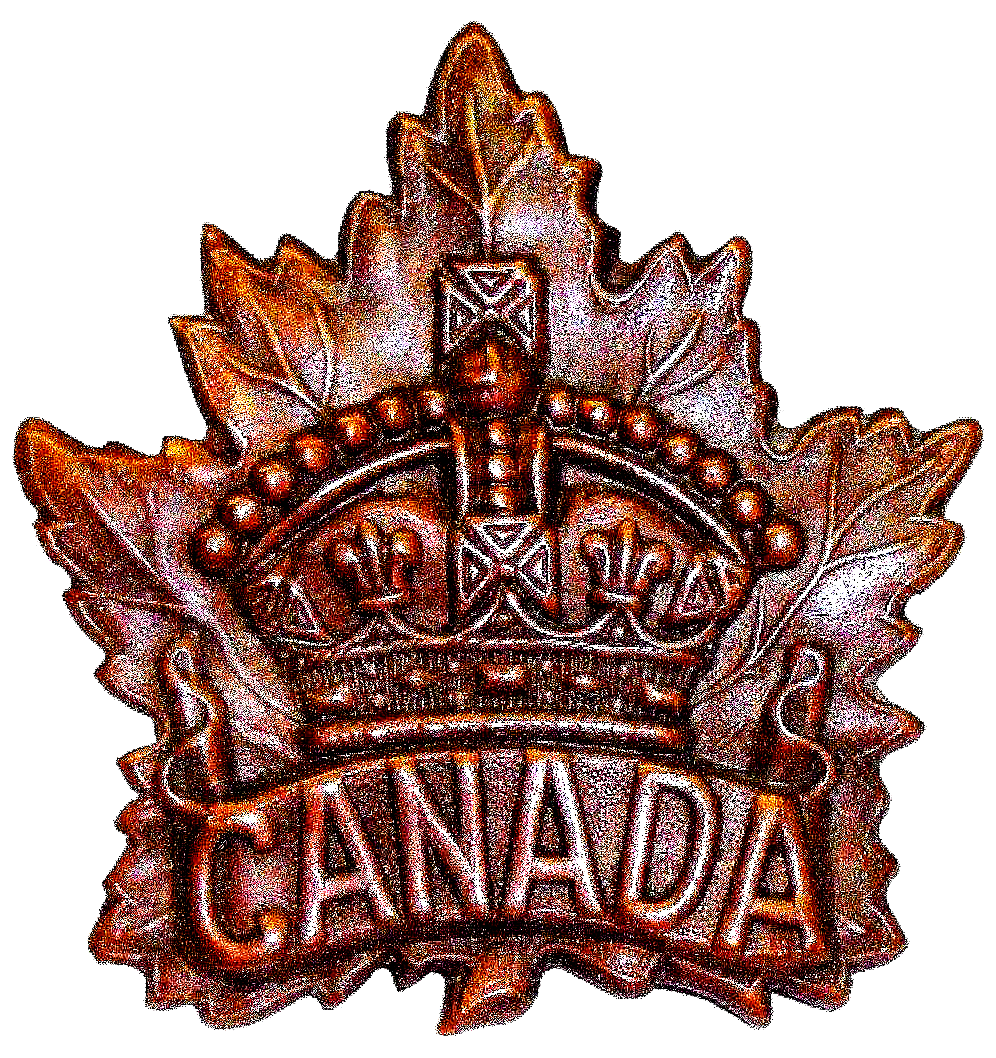
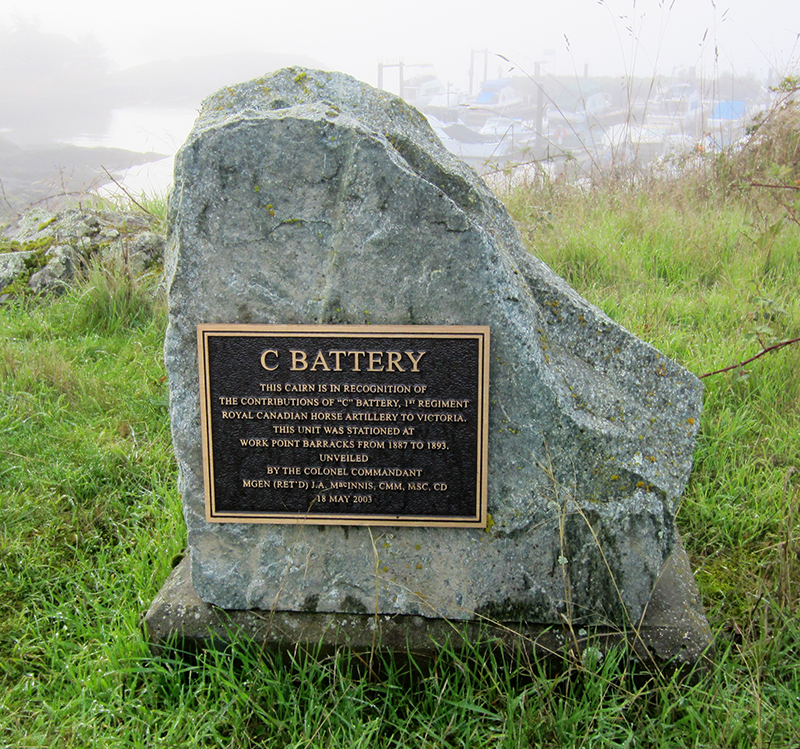
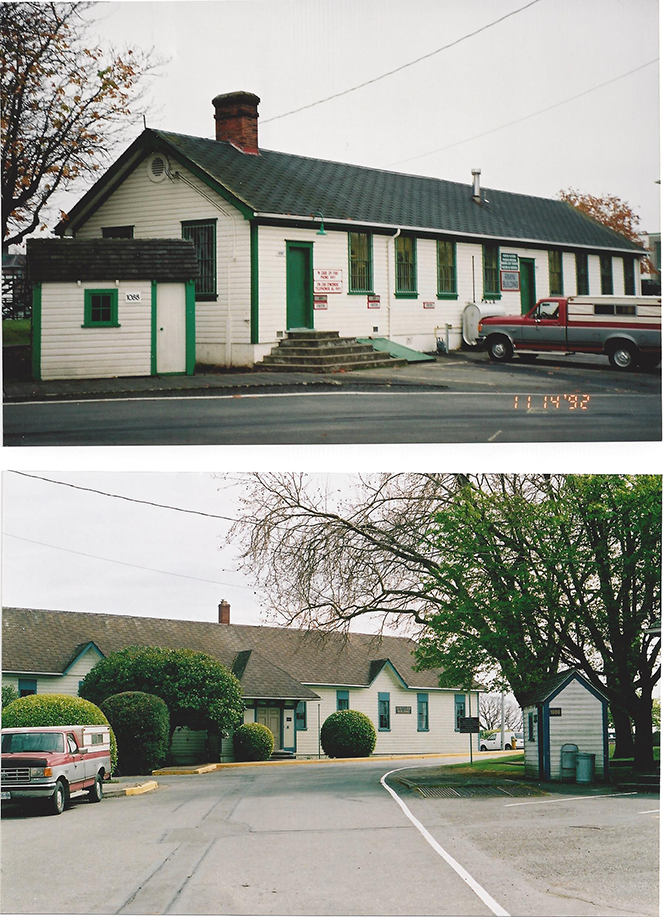
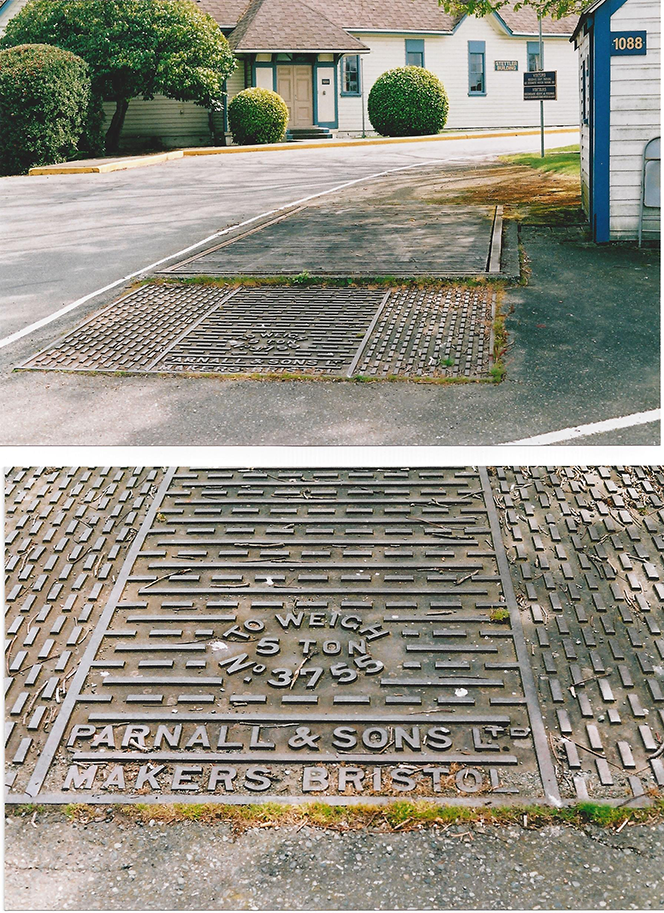
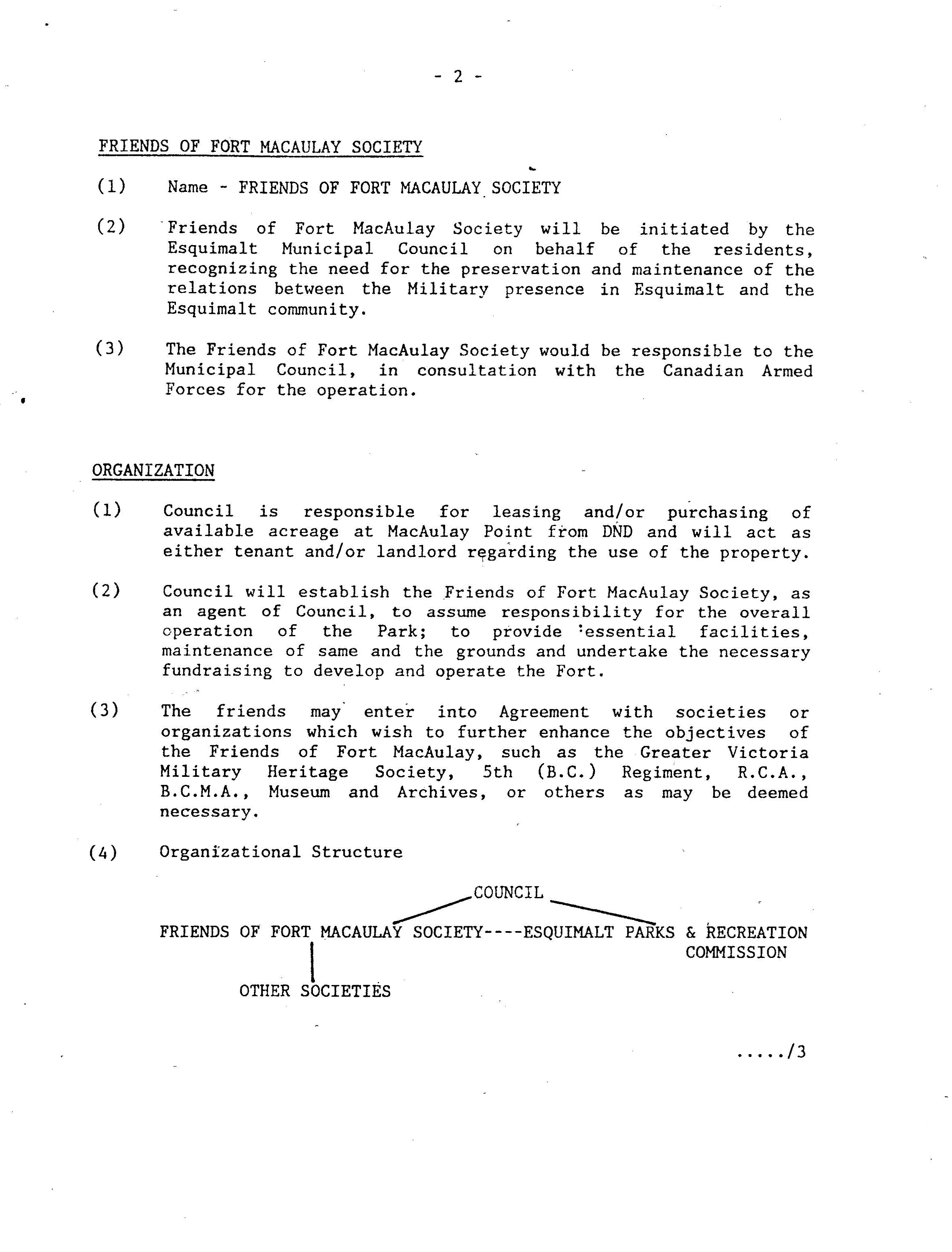
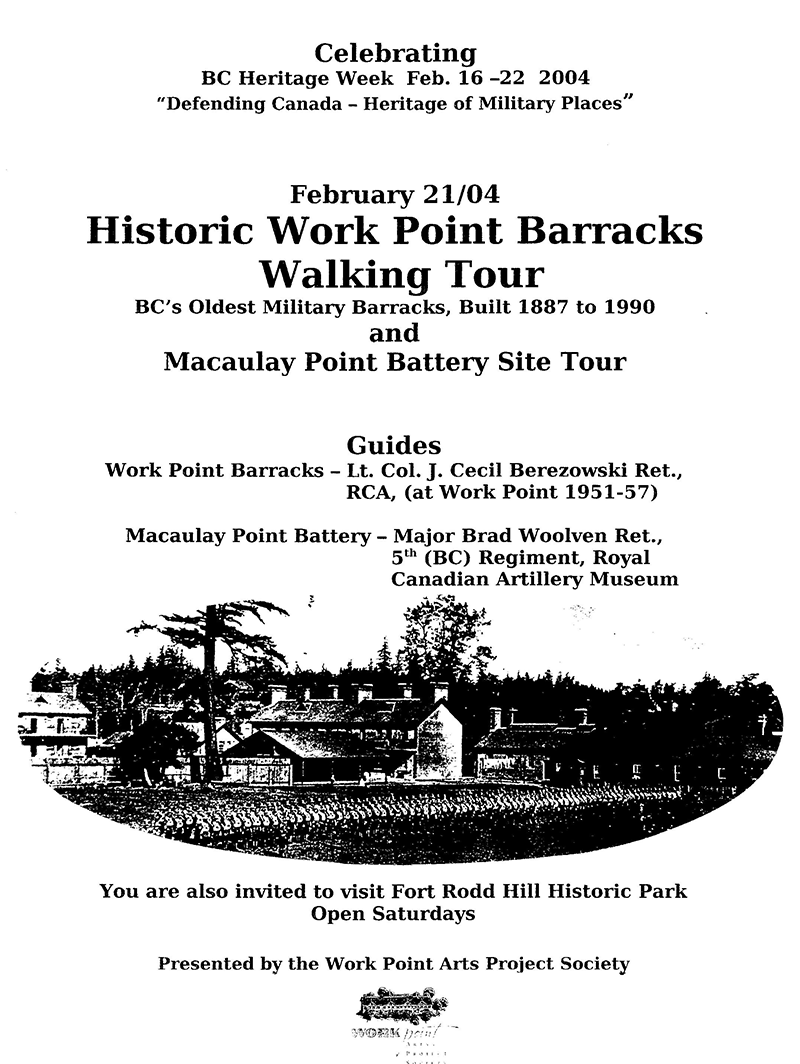
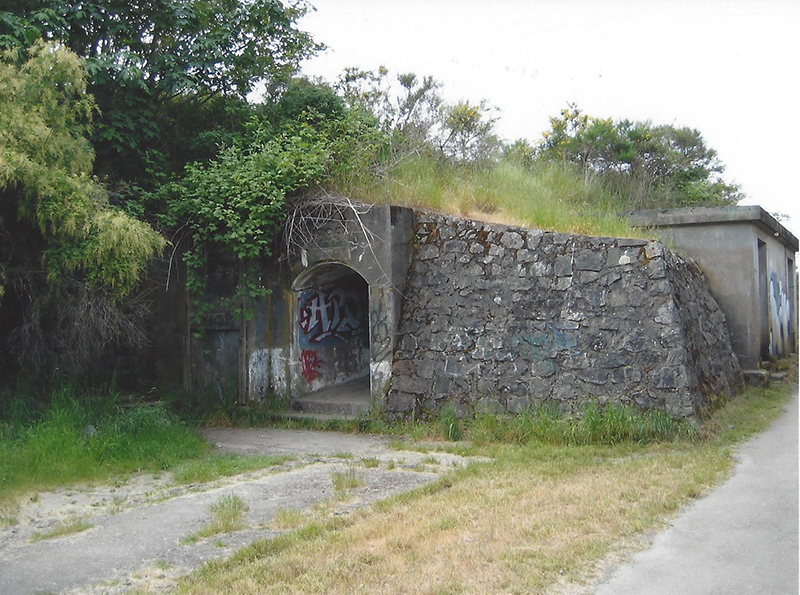
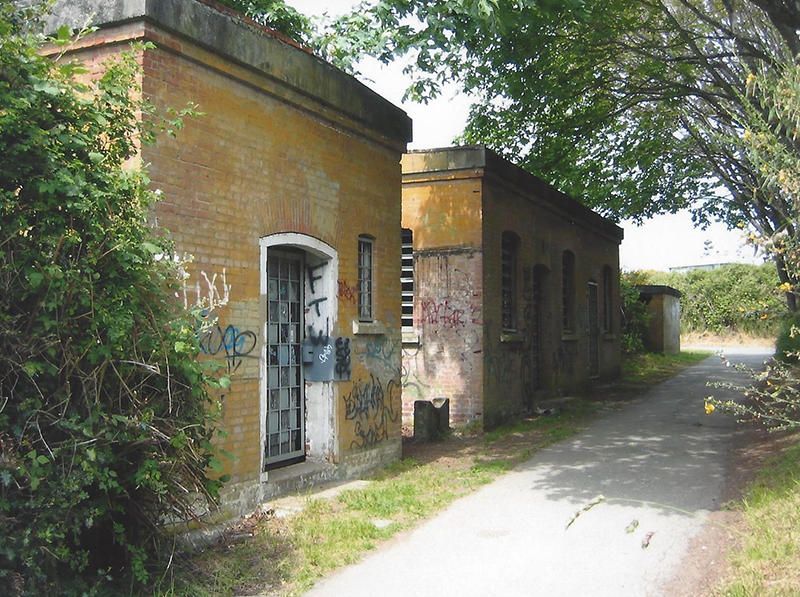
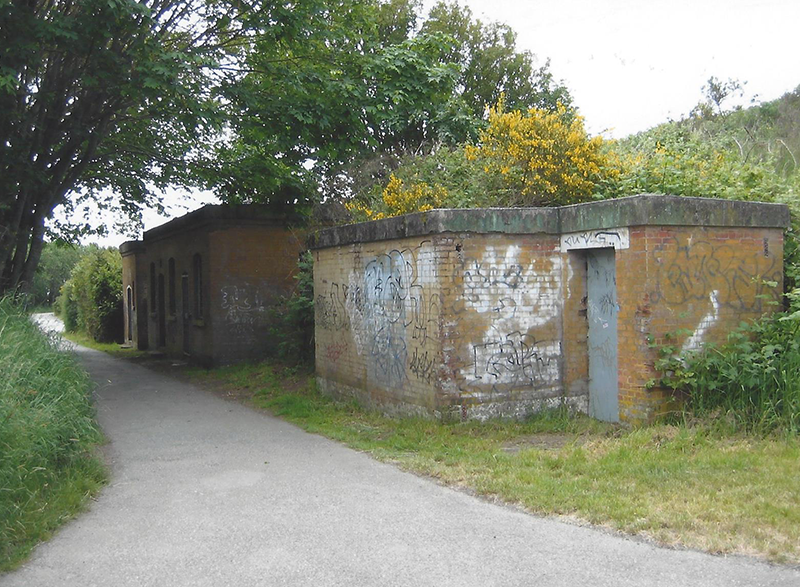
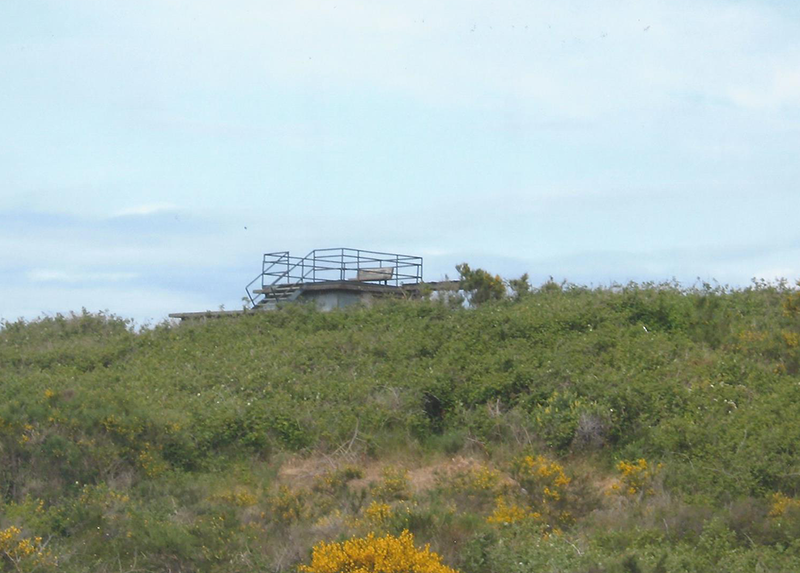
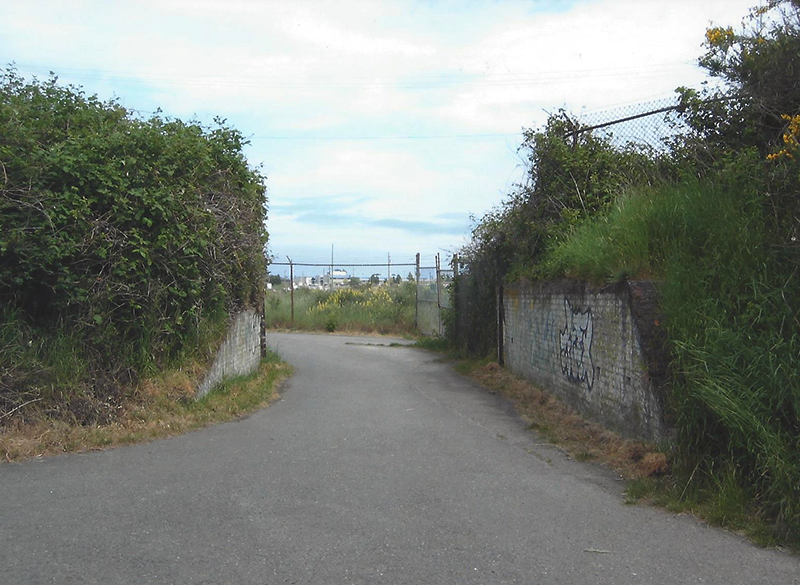
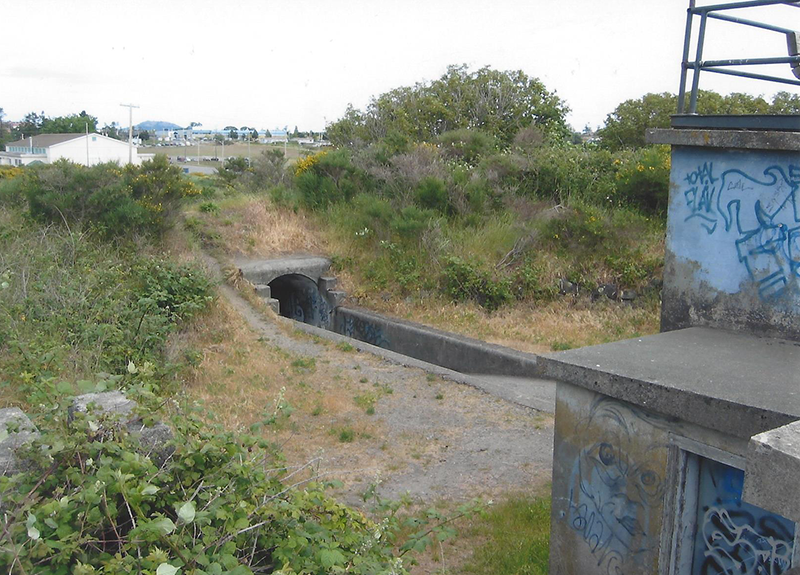
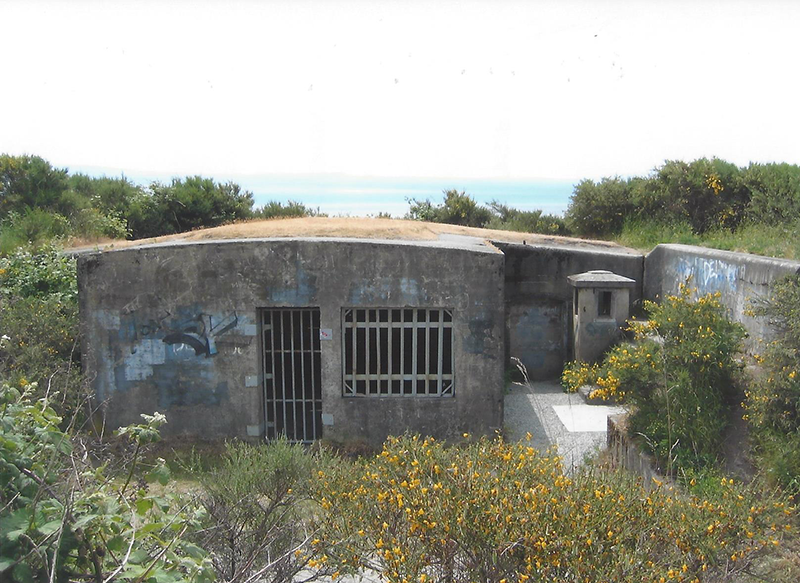
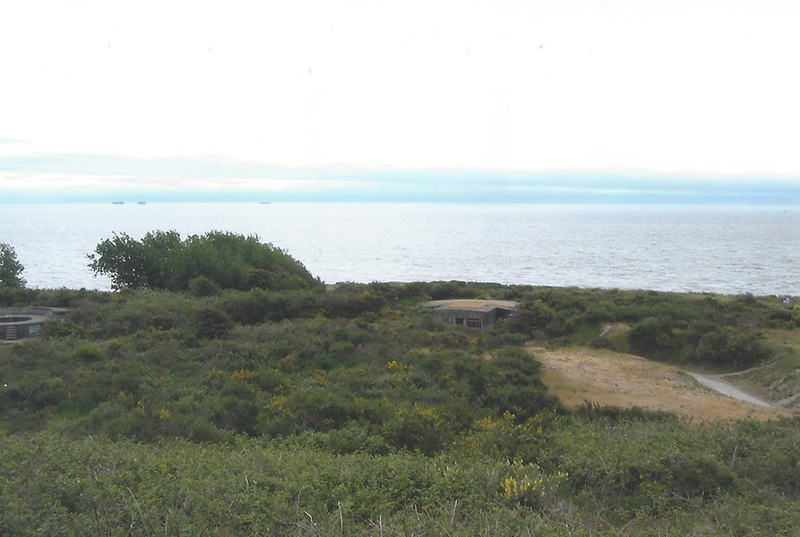
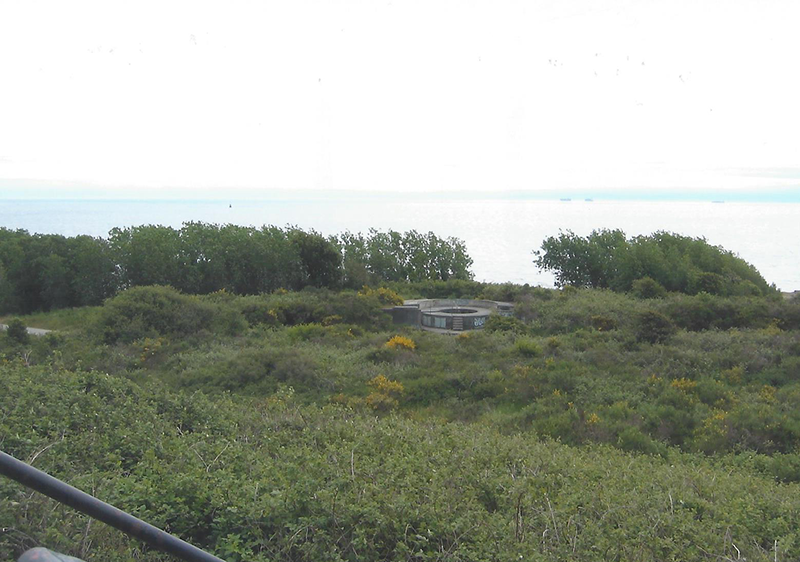
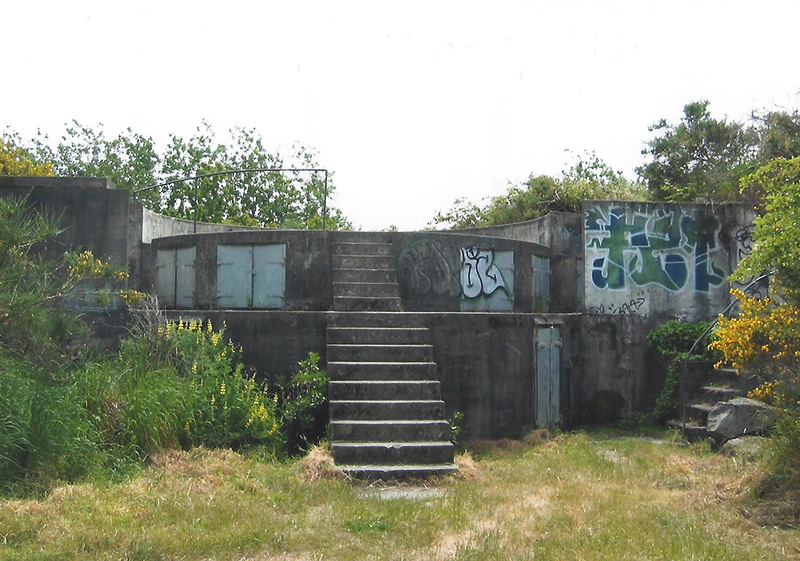
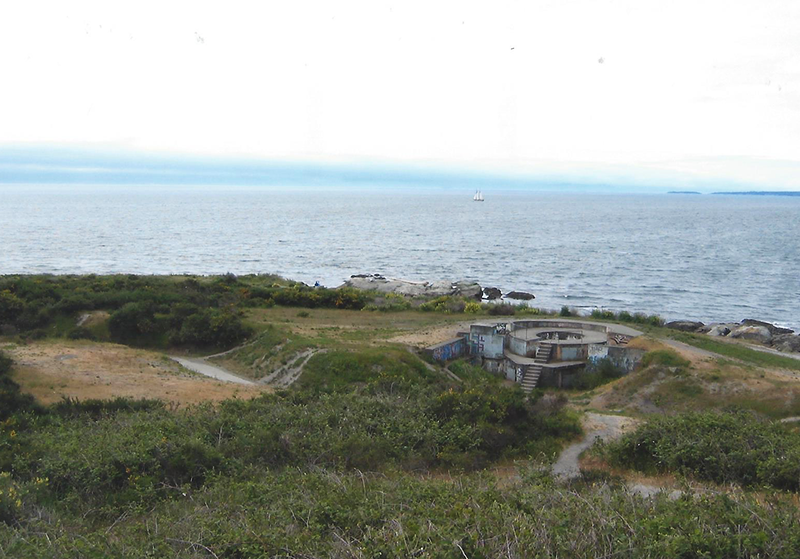
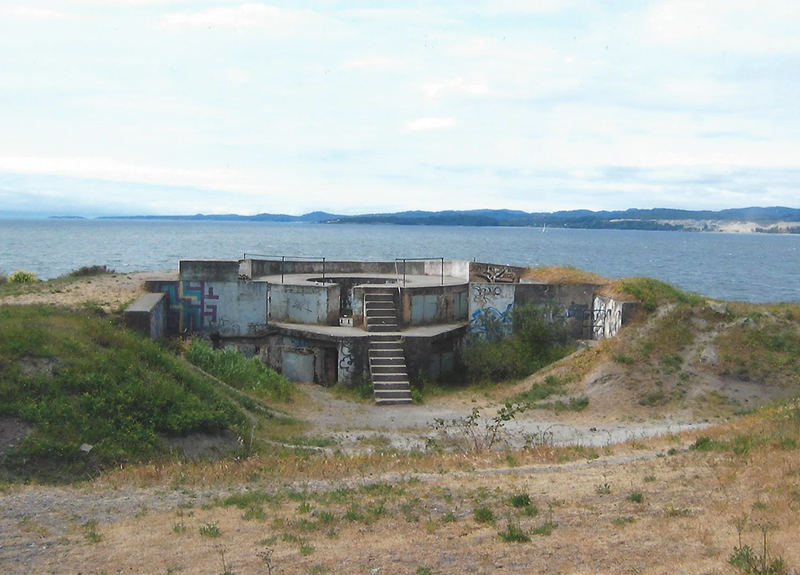
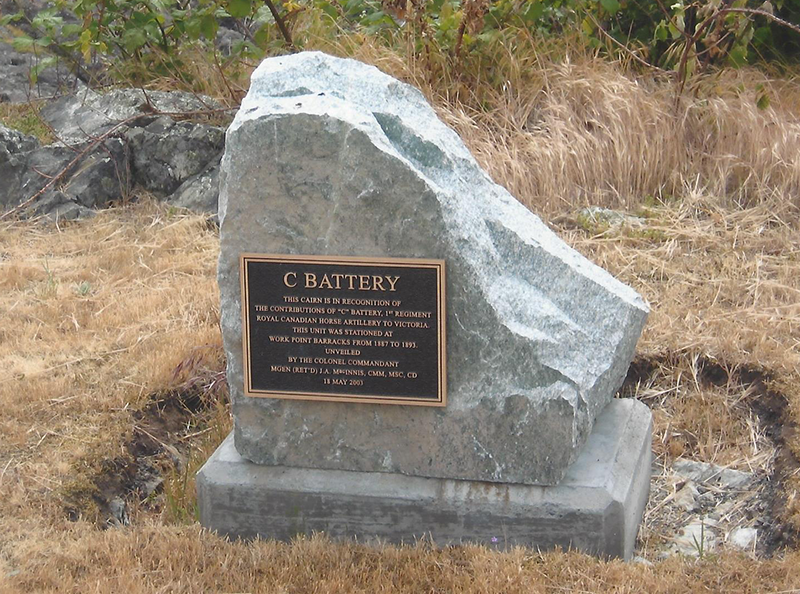

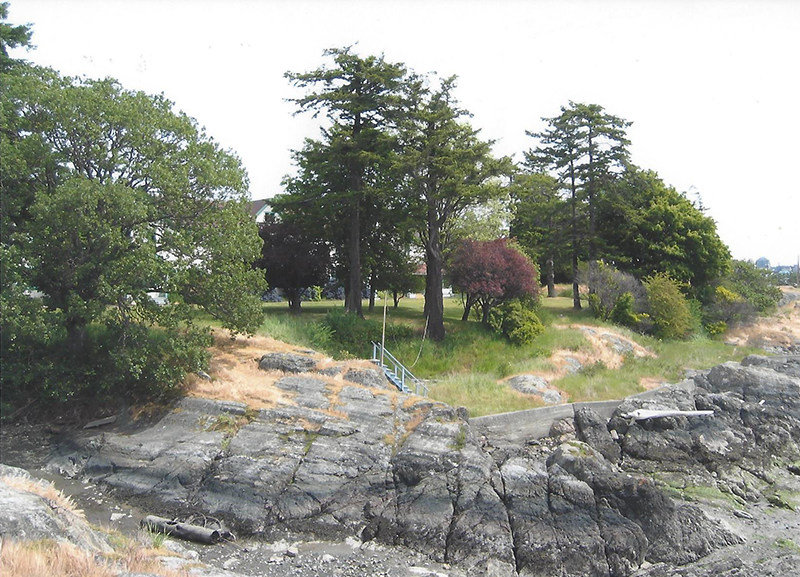
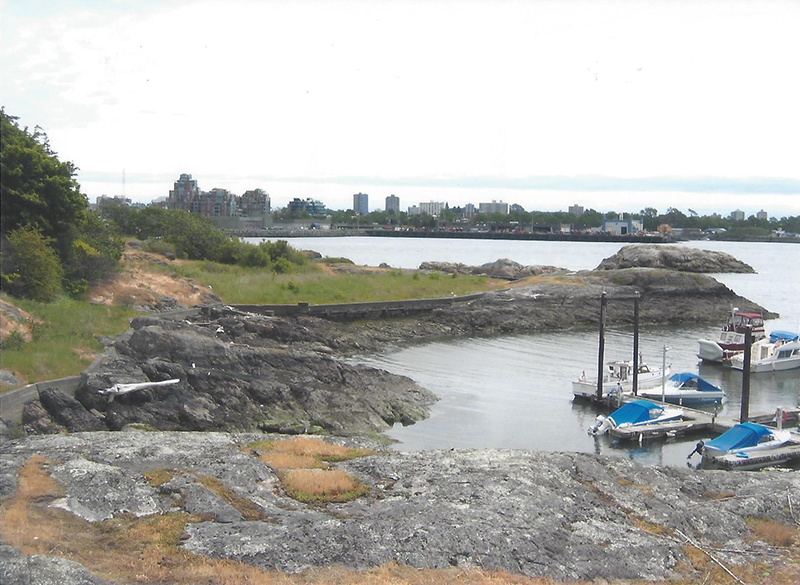
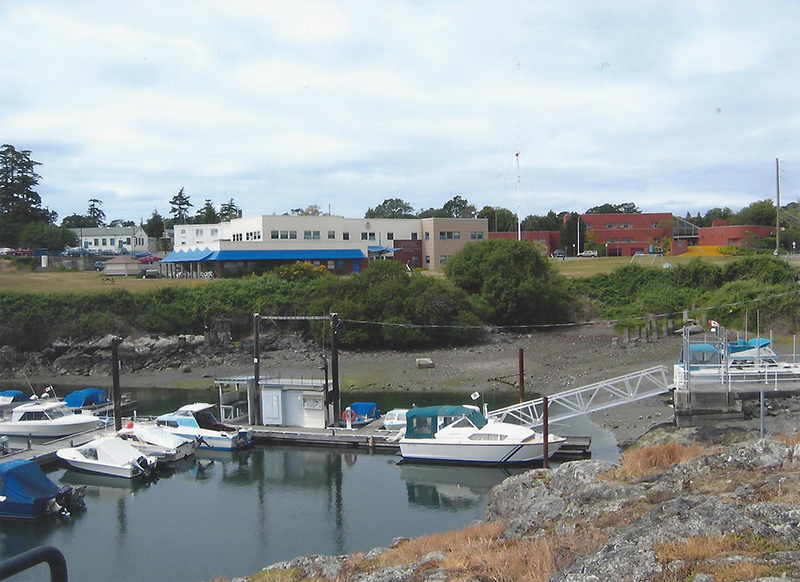
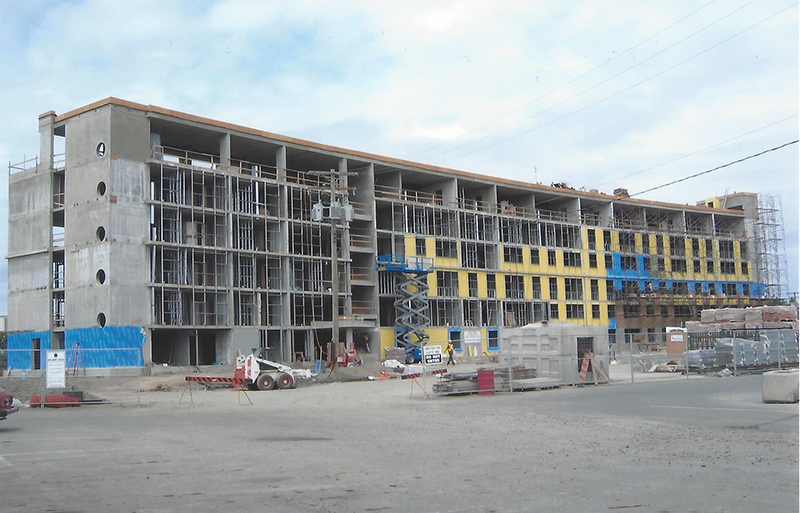
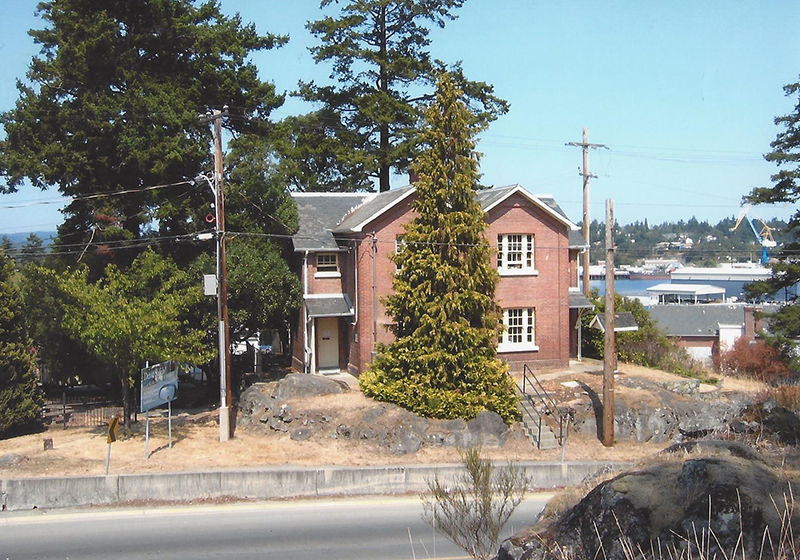
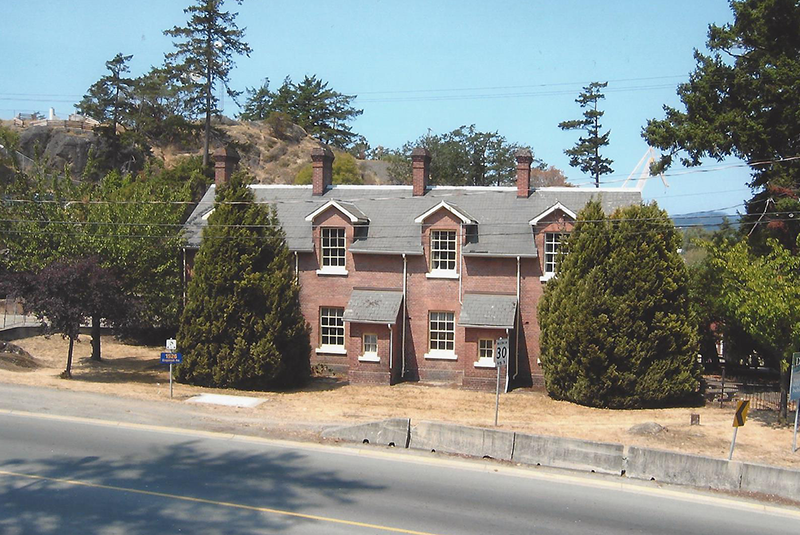
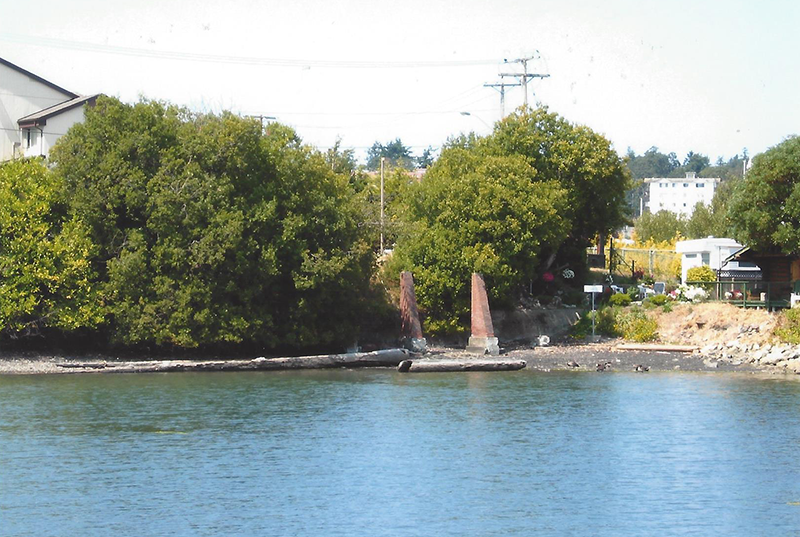
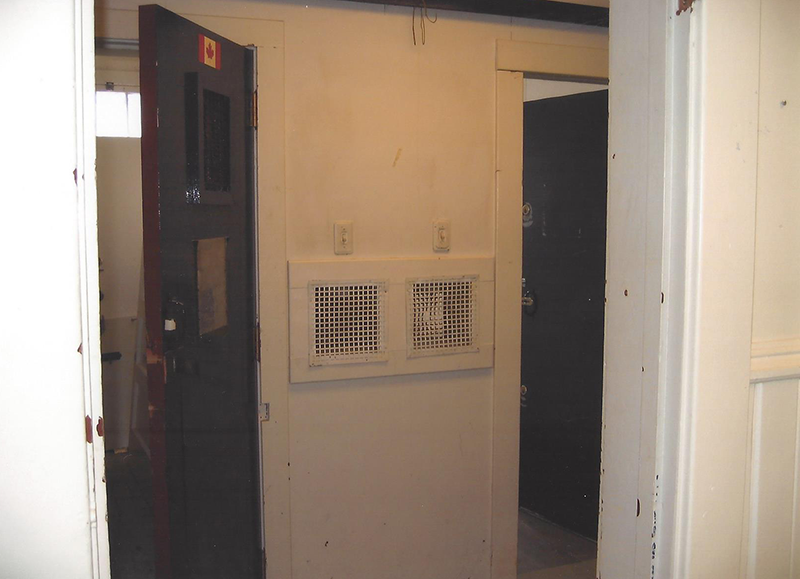
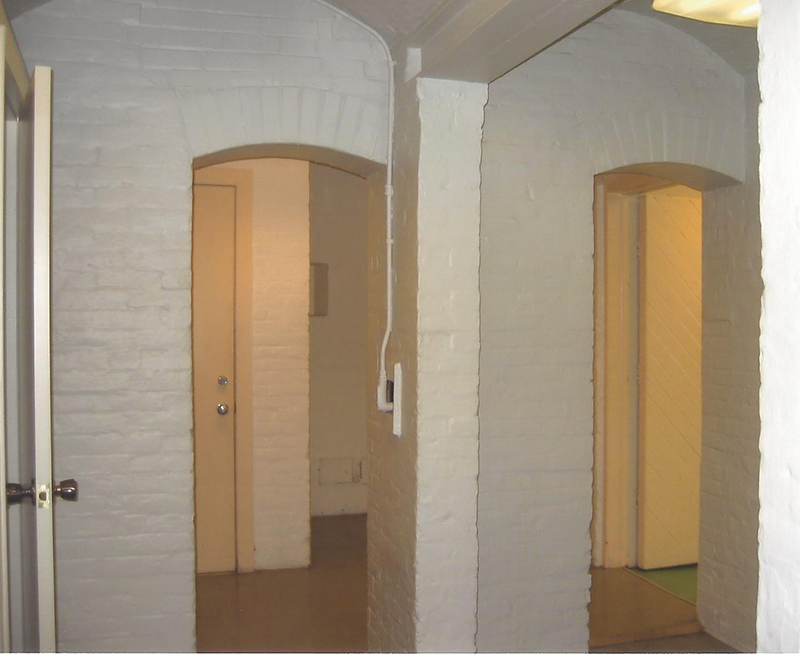
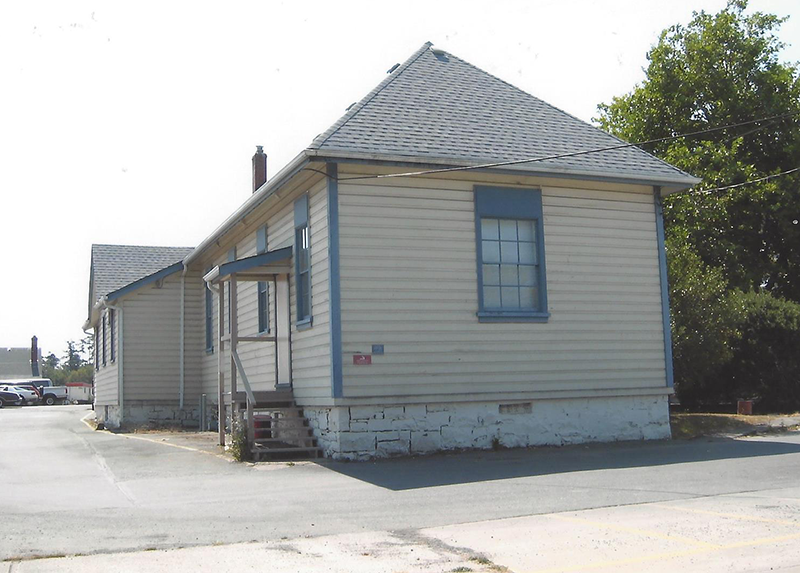
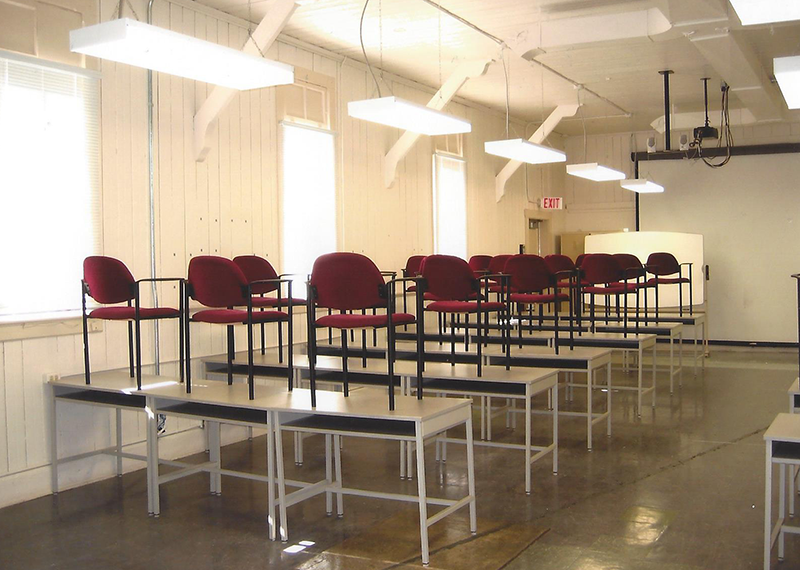
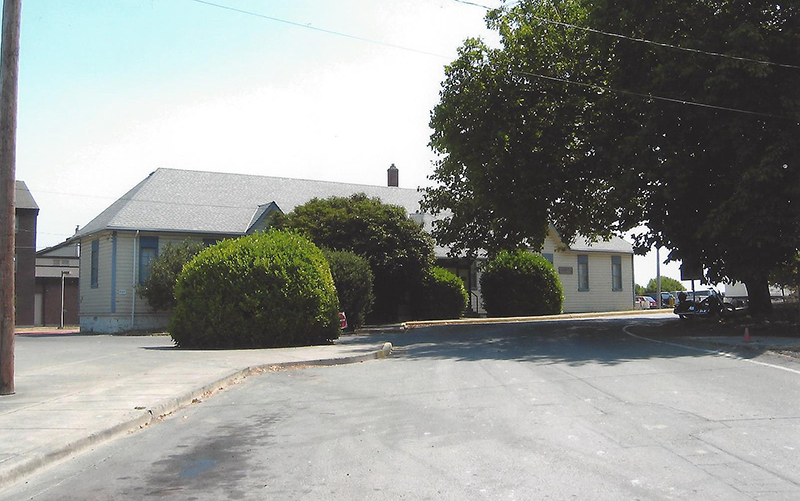
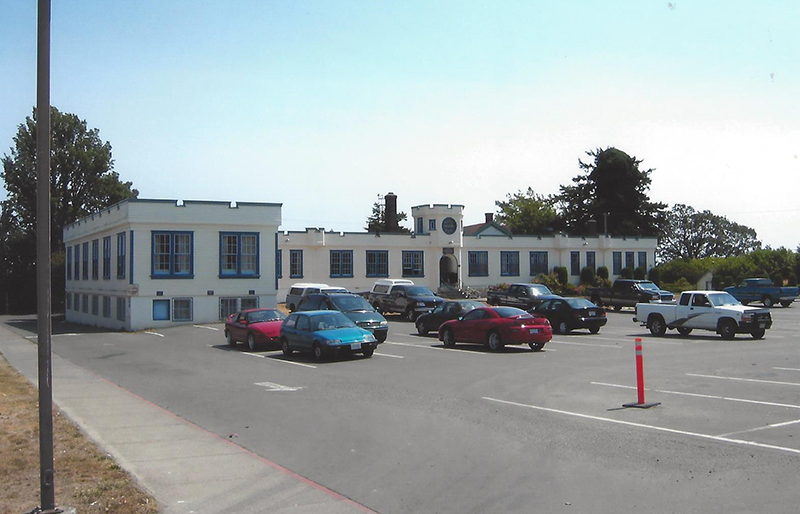
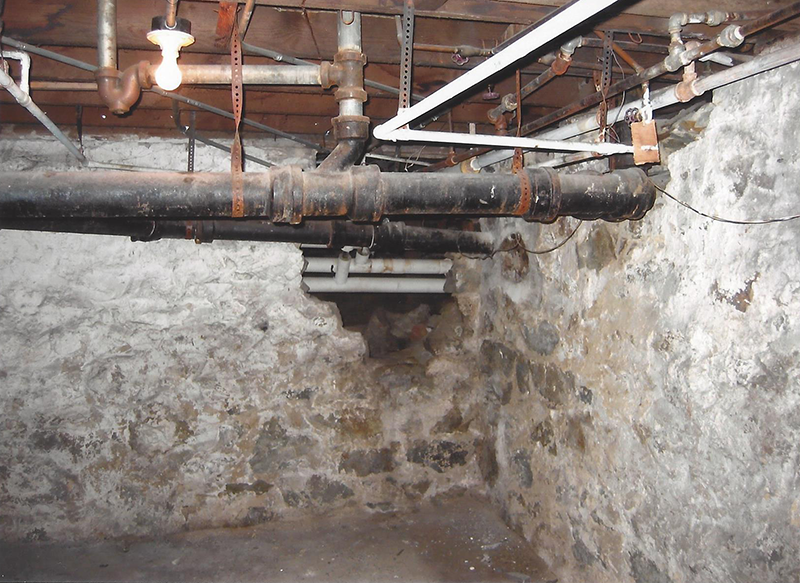
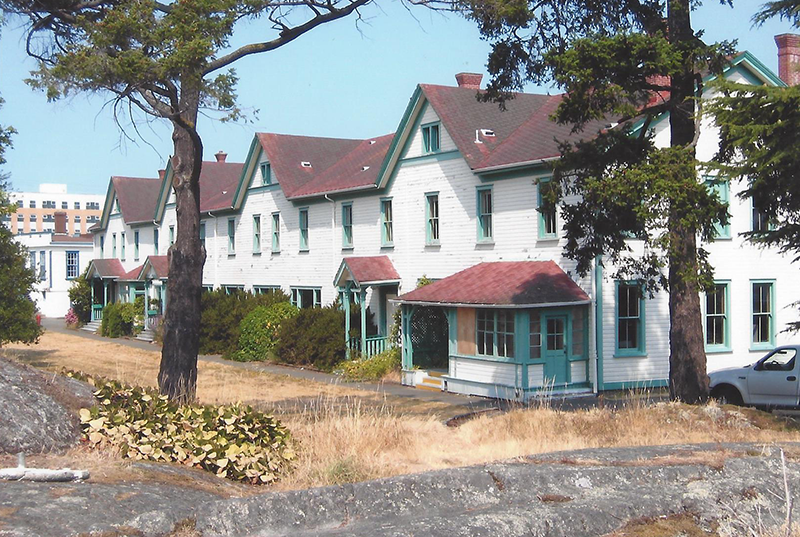
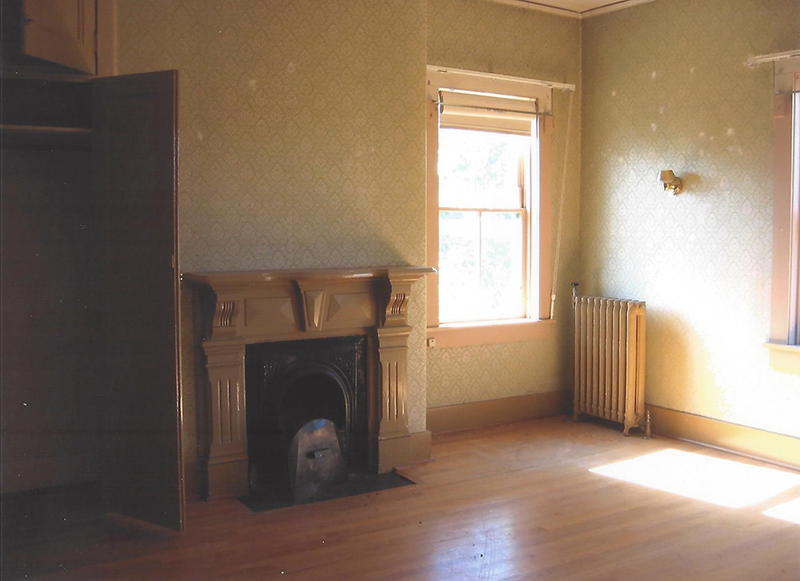
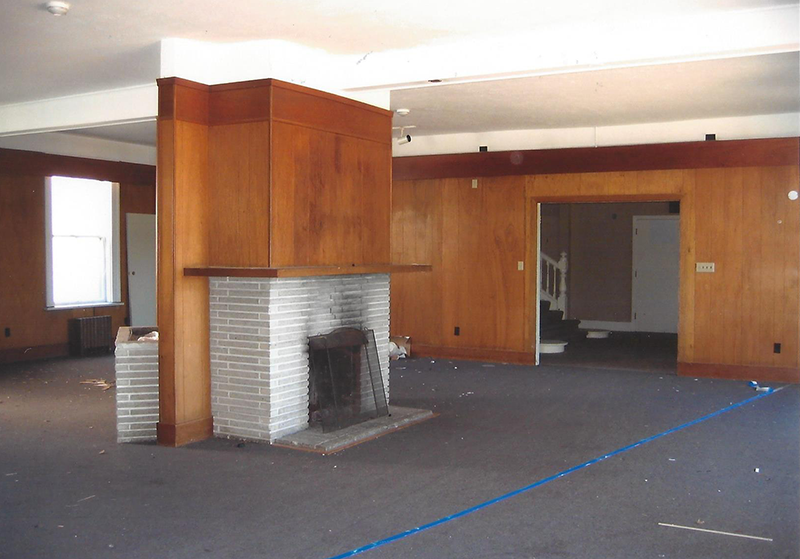
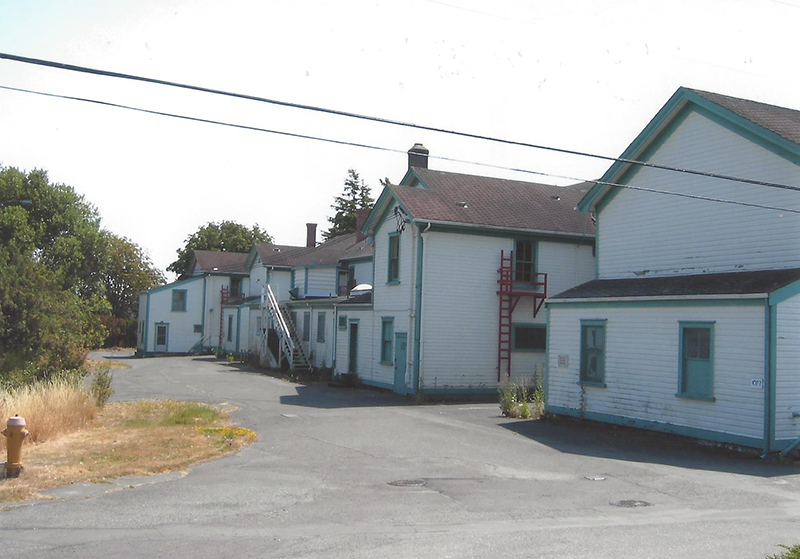
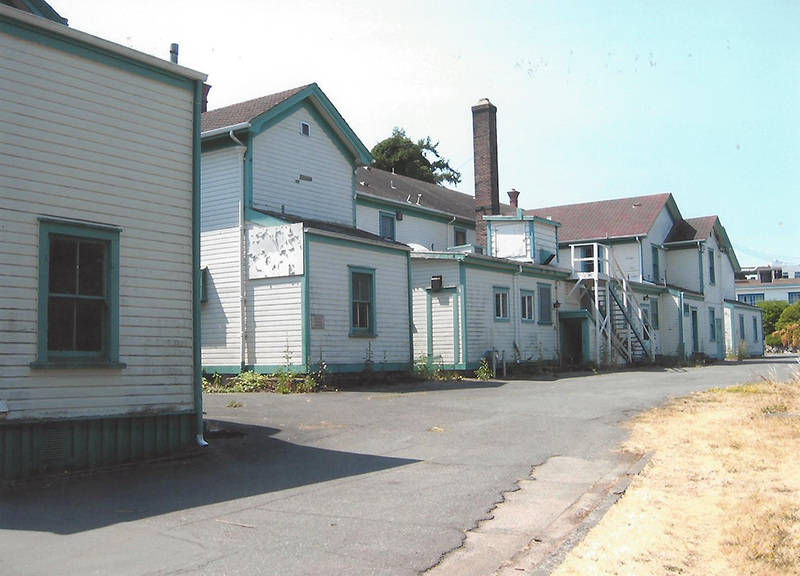
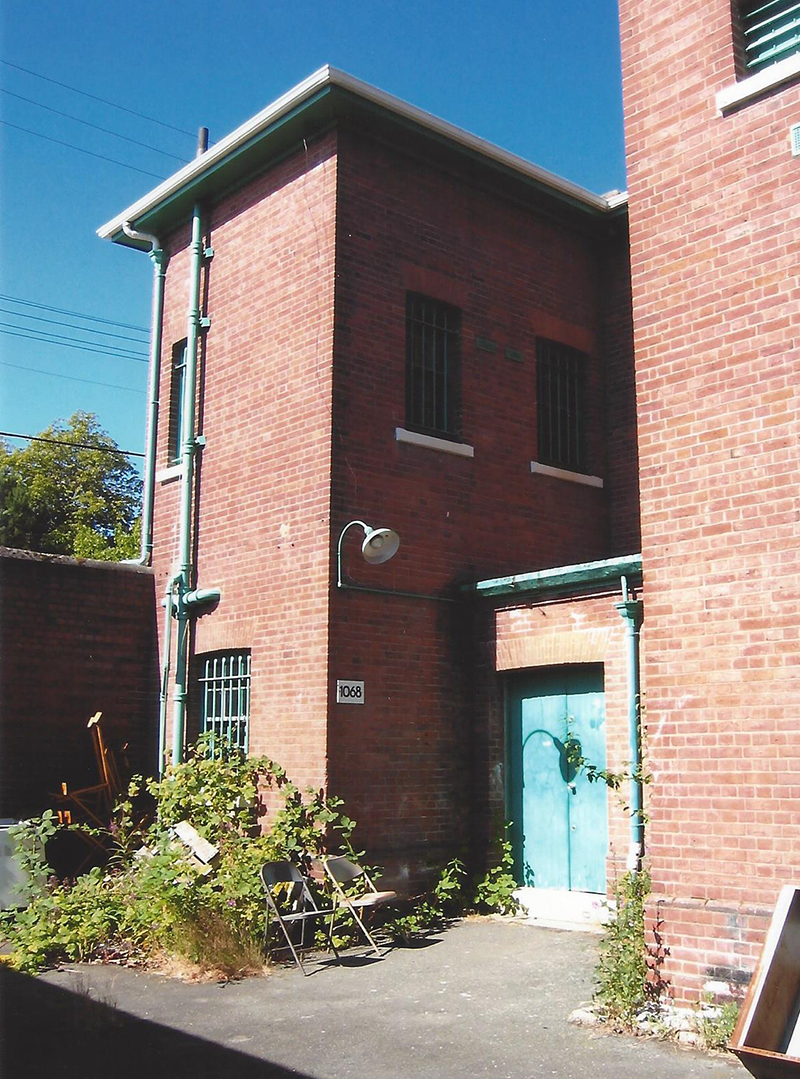
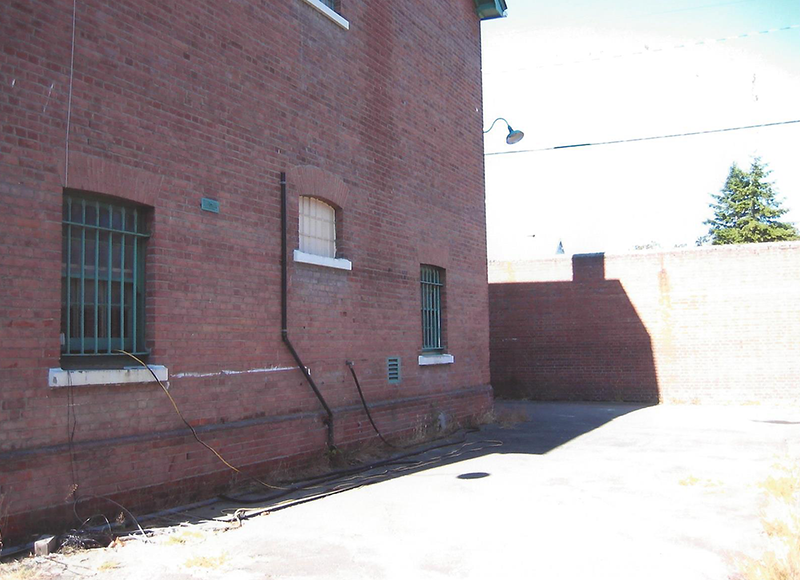
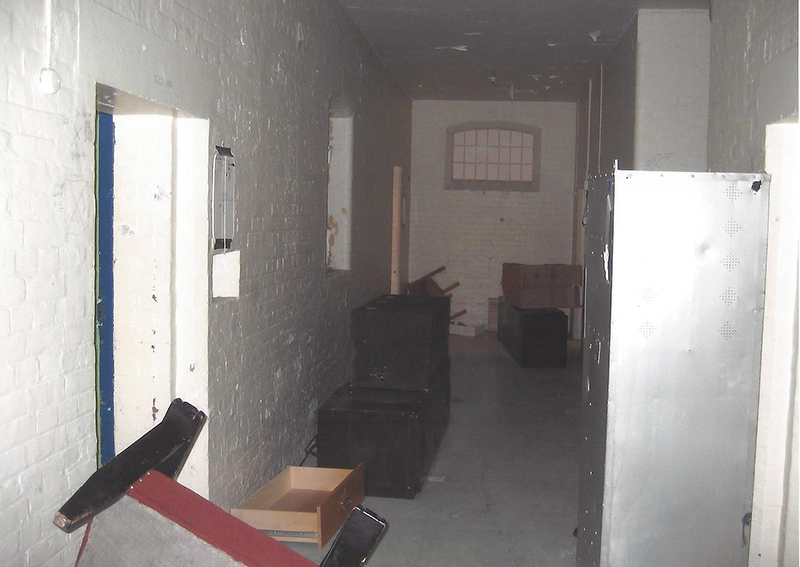
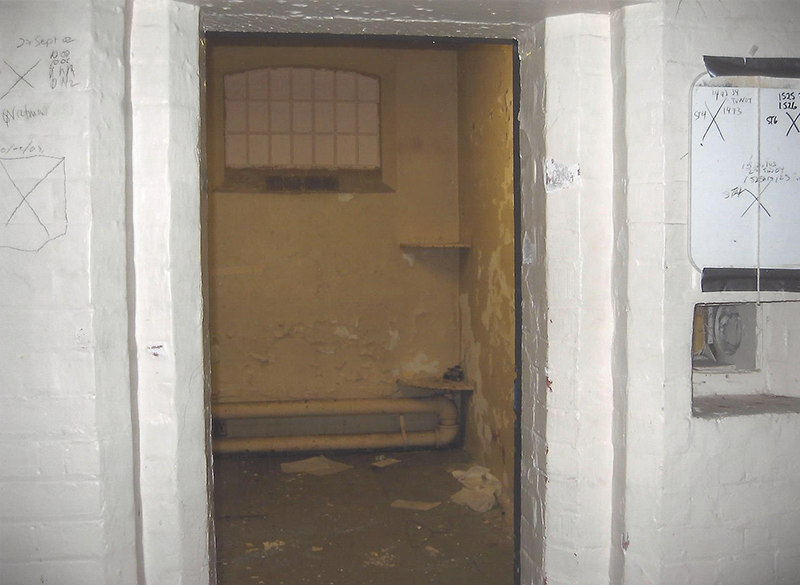

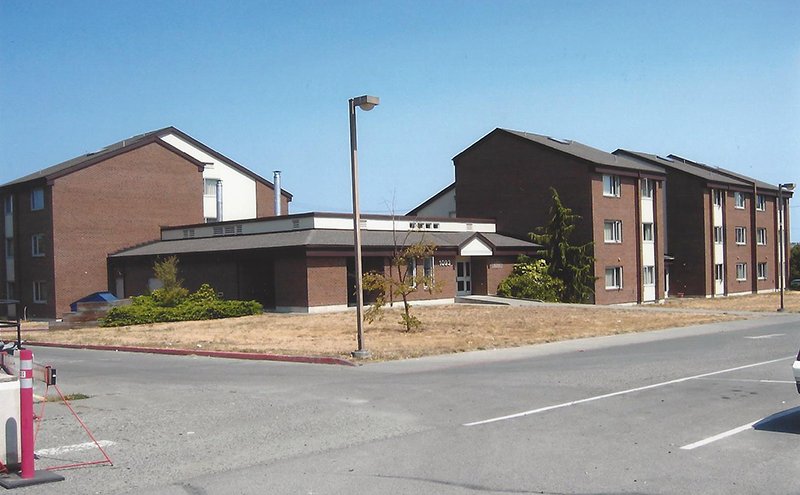
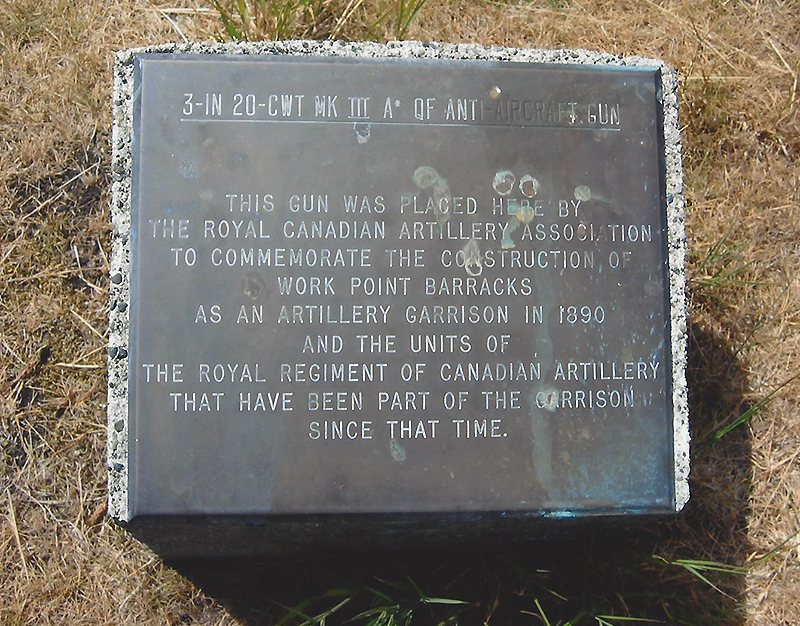
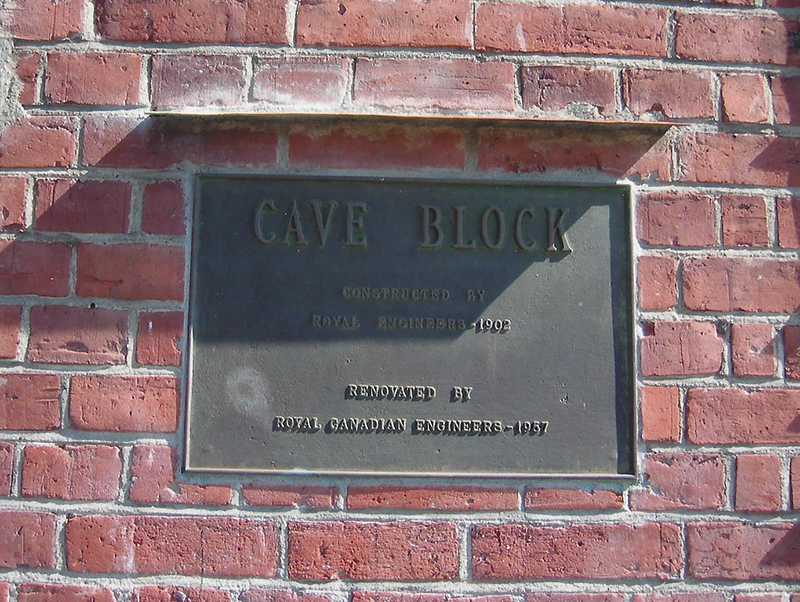
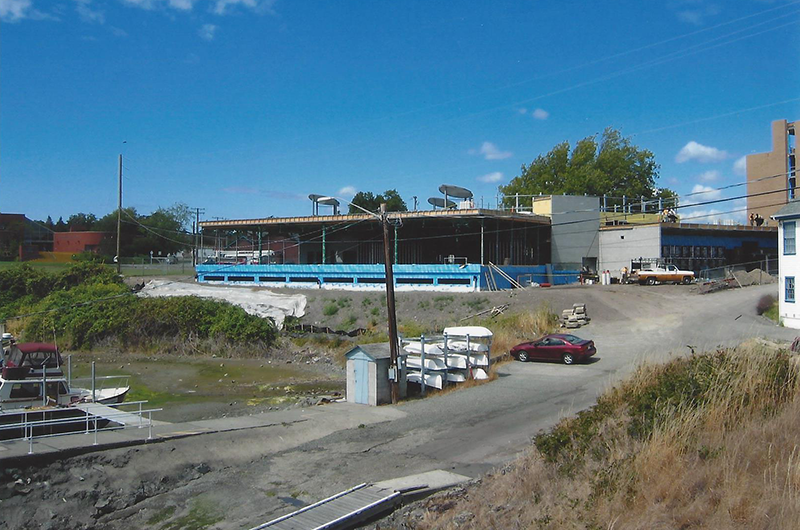
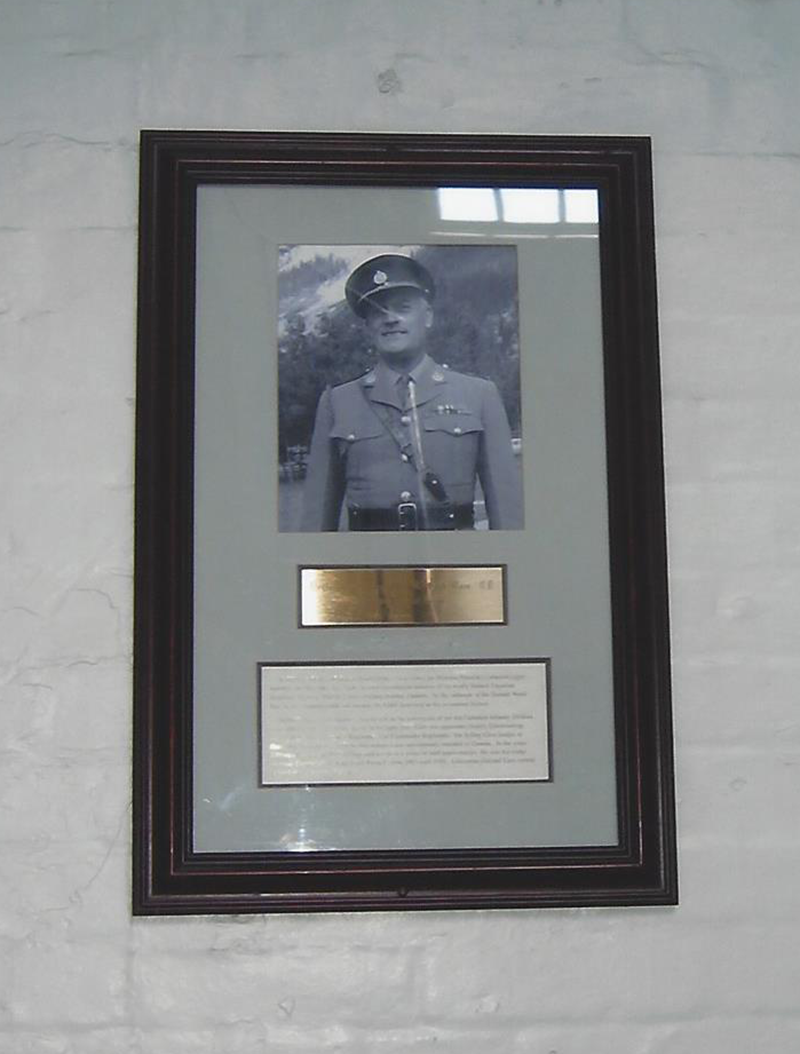
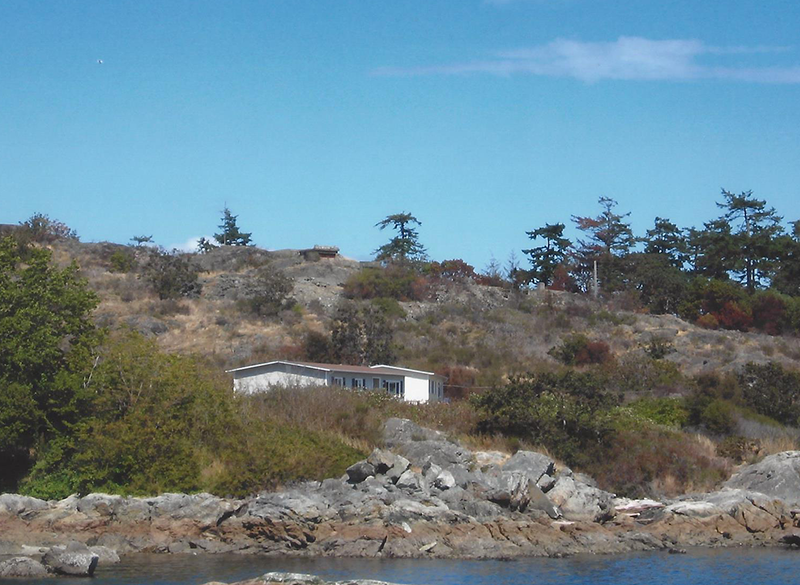
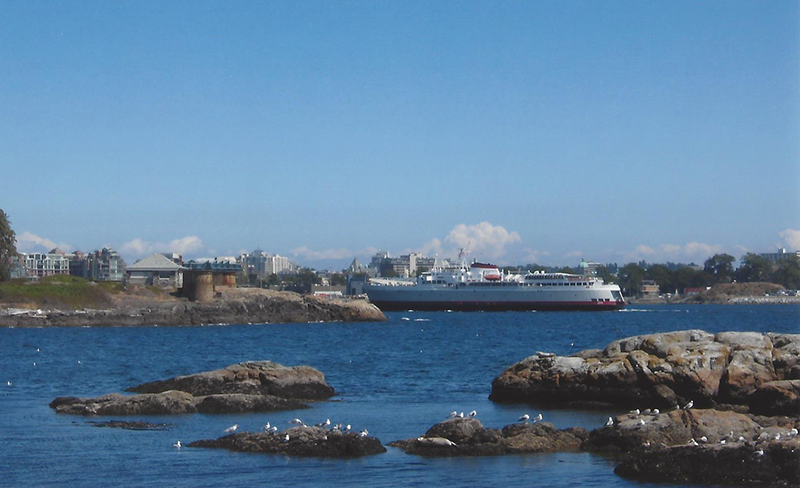
.png)
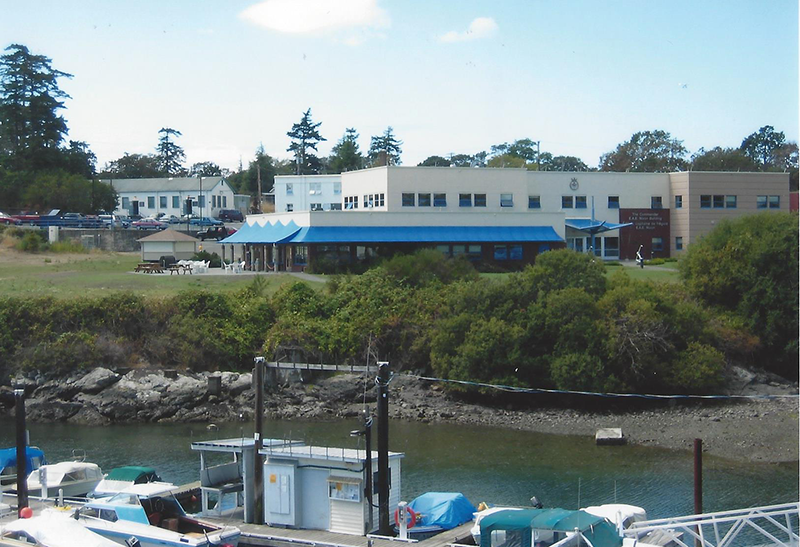
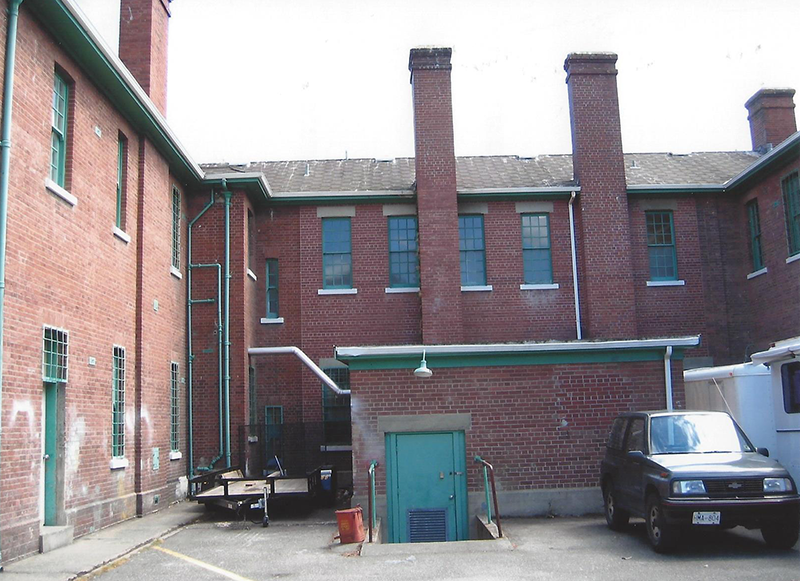
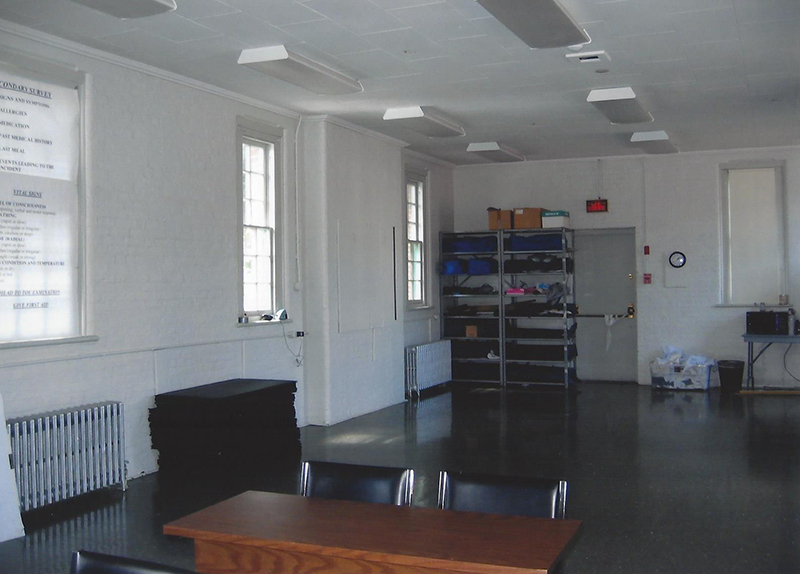
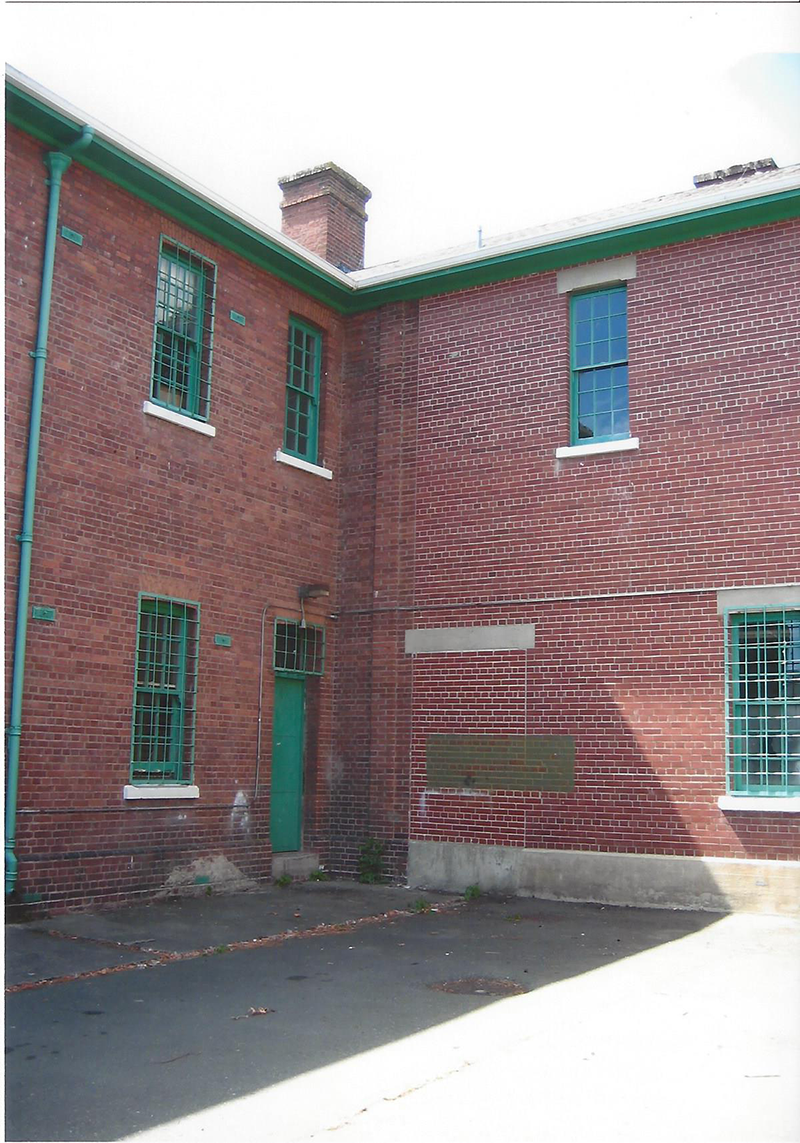
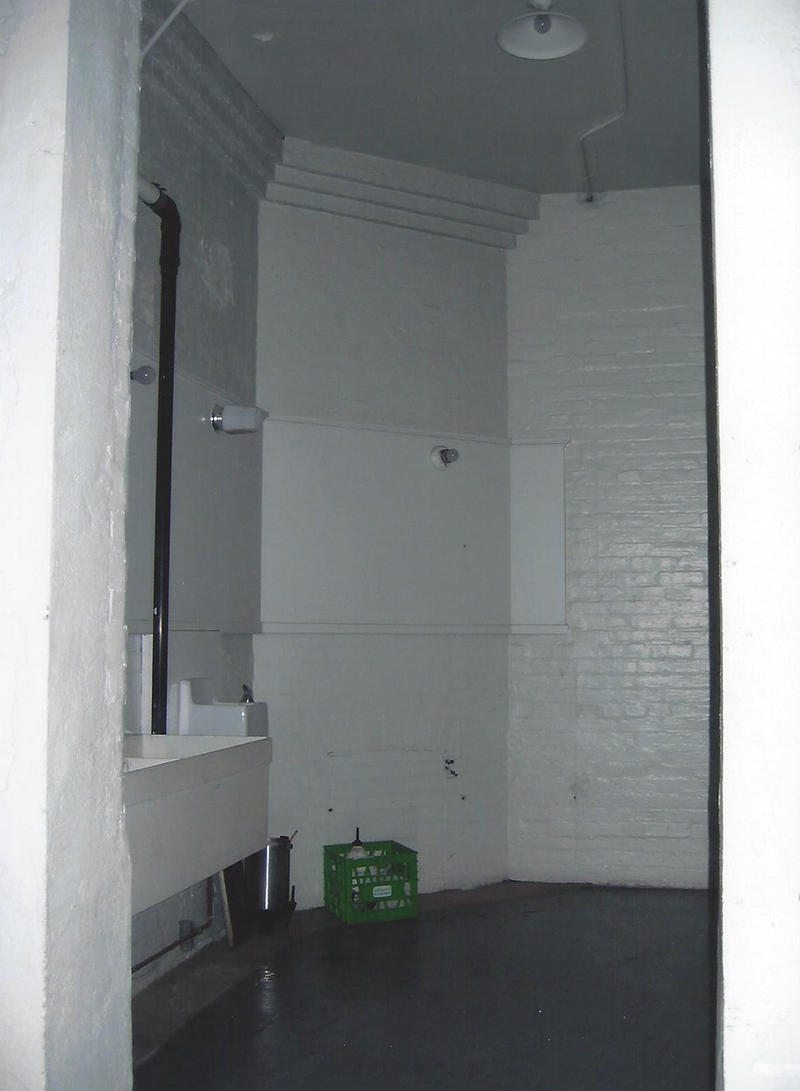
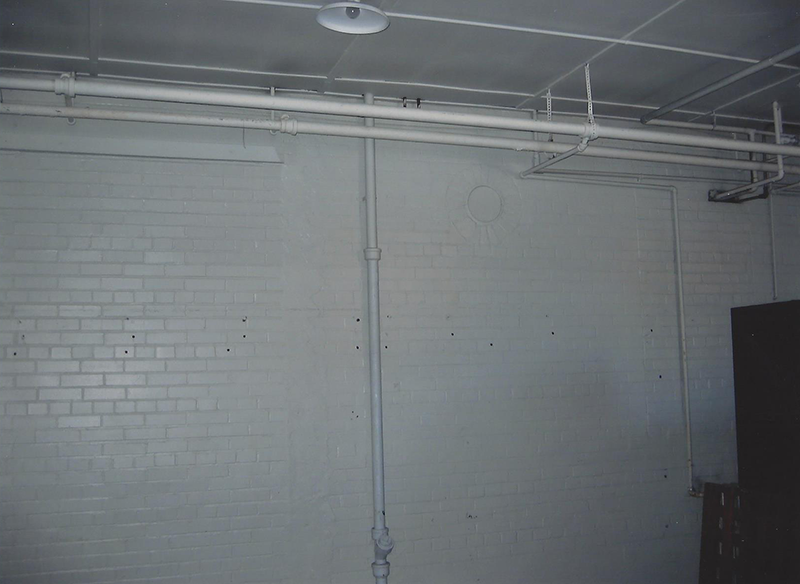
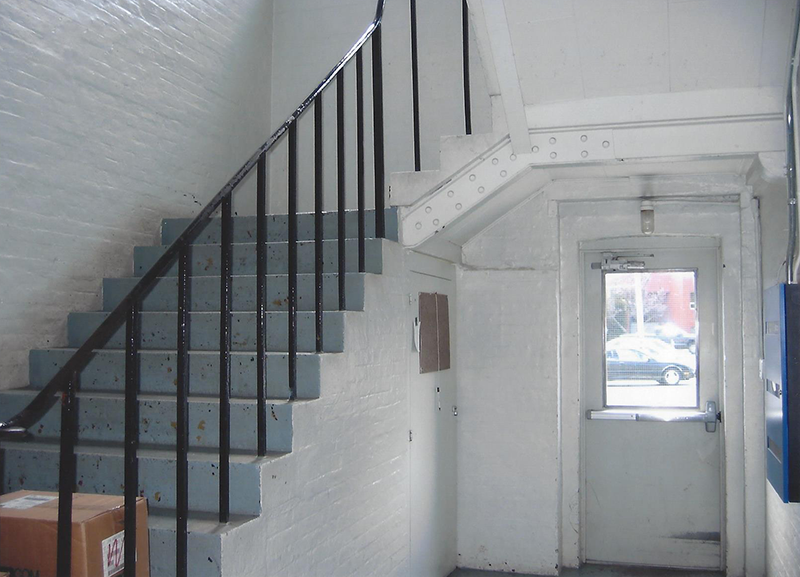
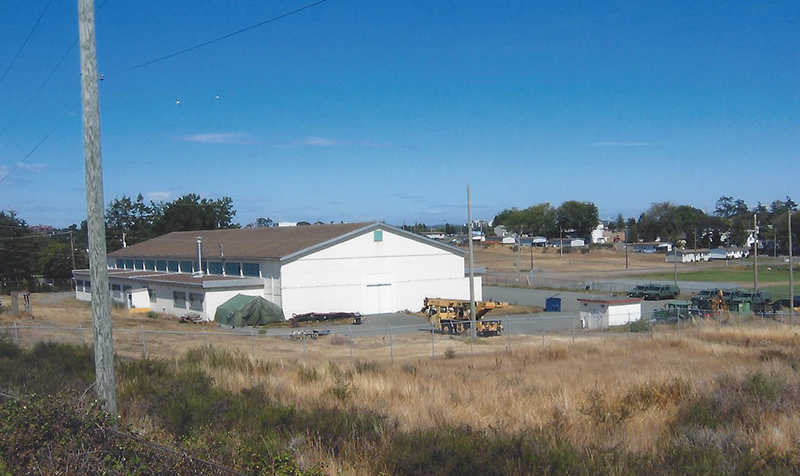
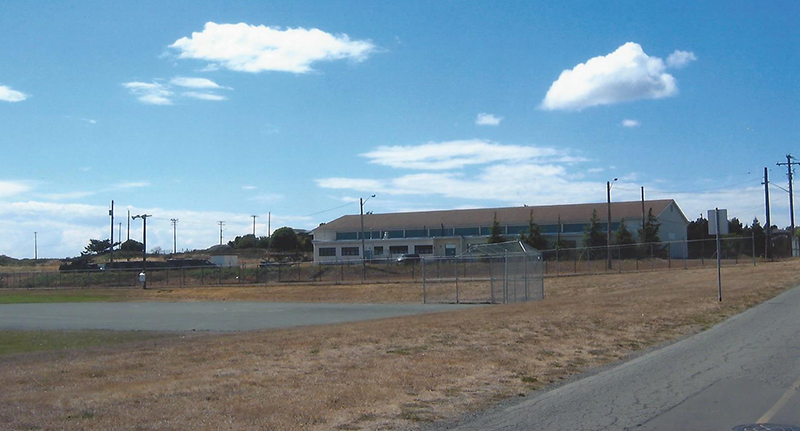
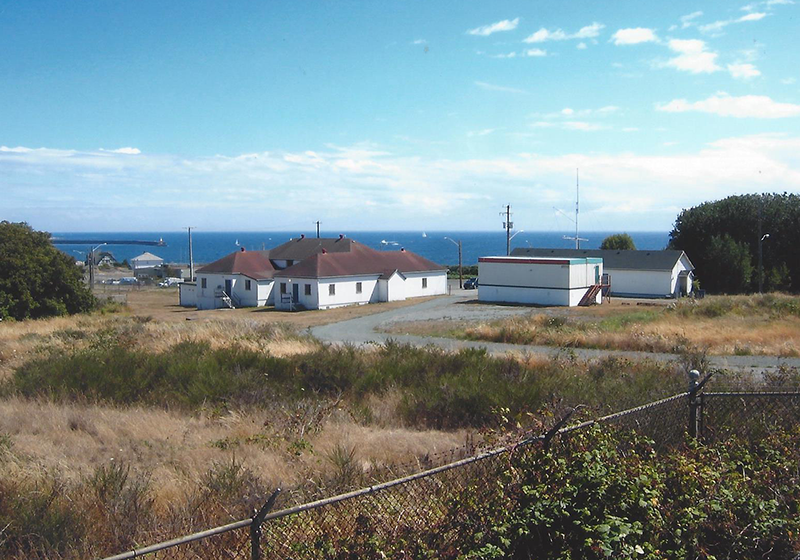
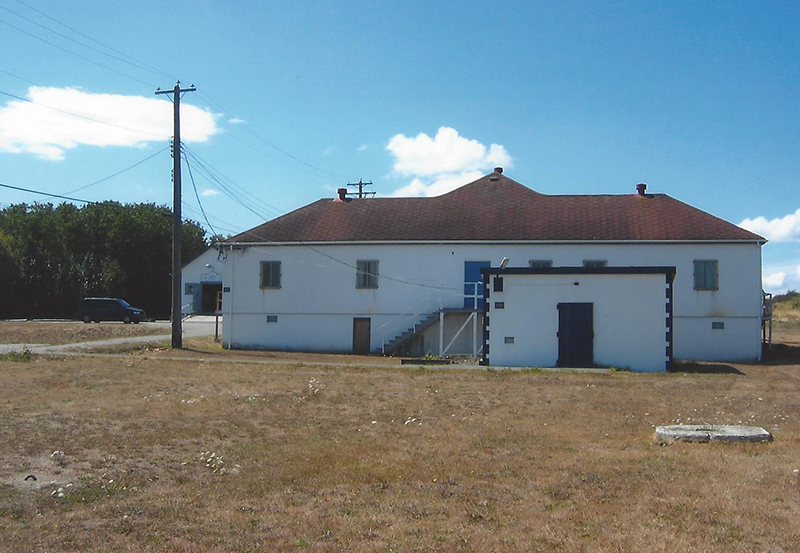
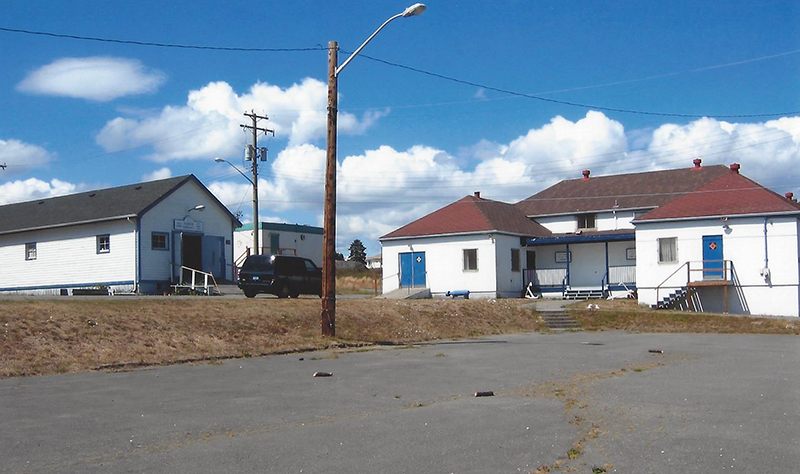
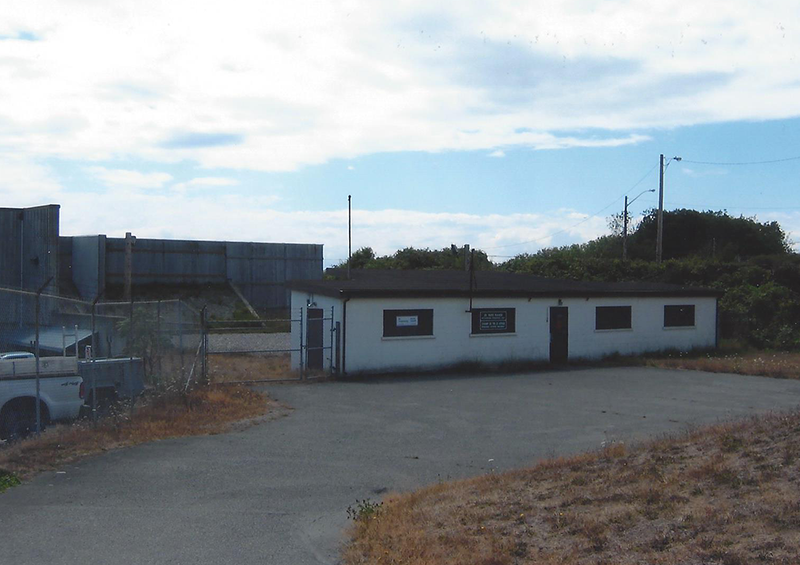
.png)
.png)
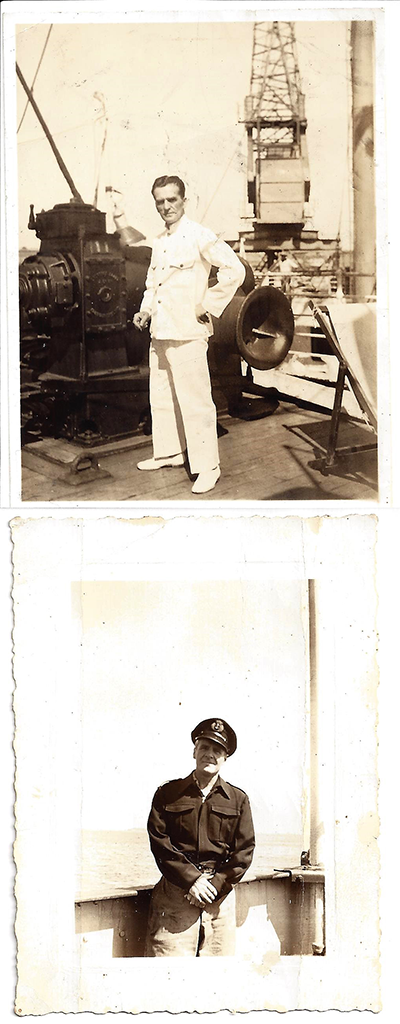
.png)
.png)

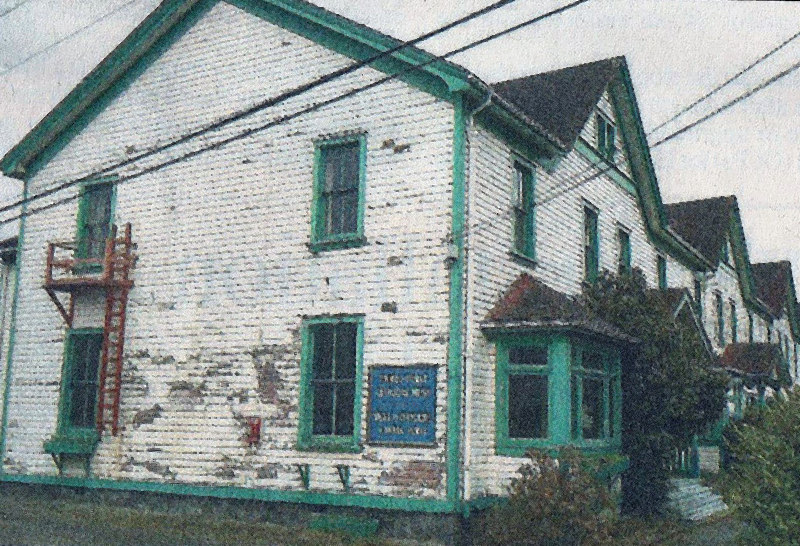
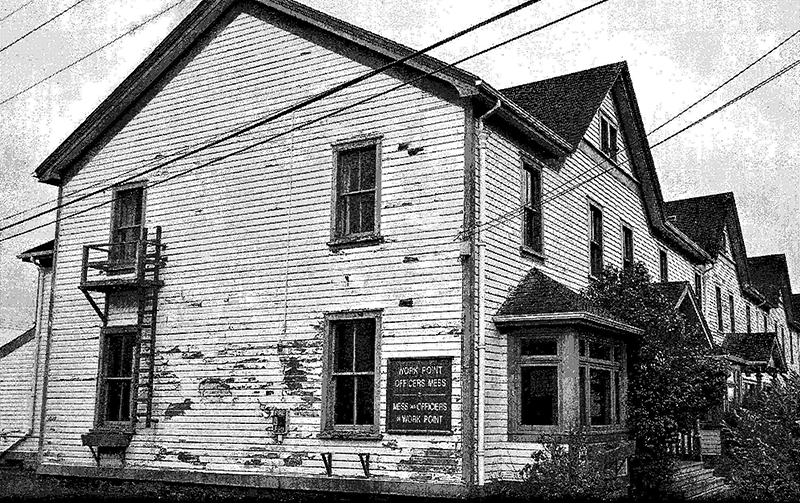
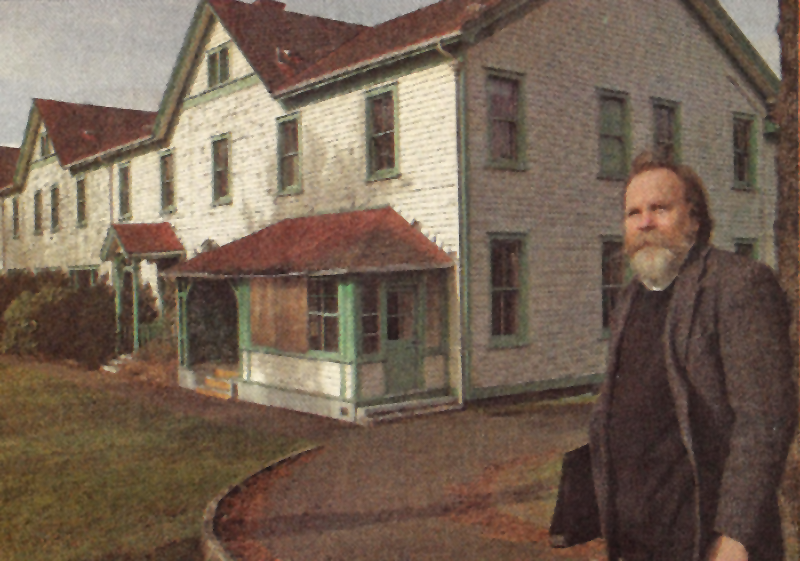

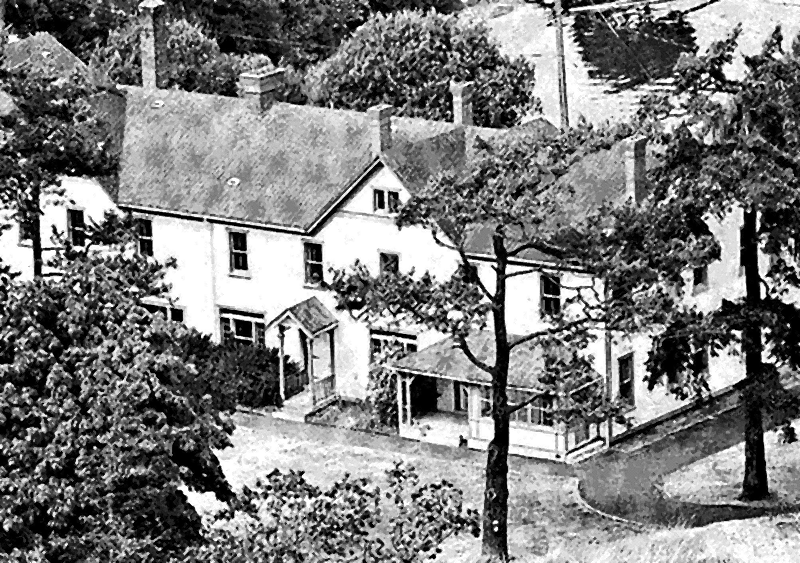
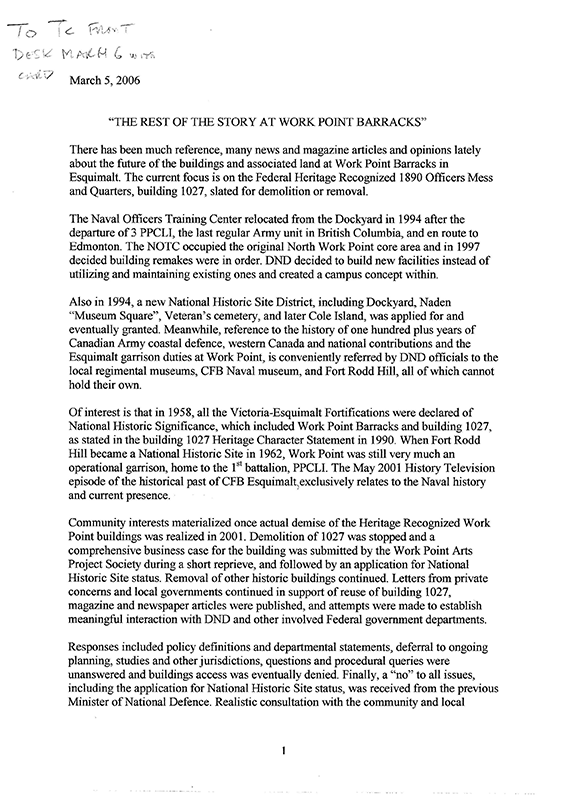
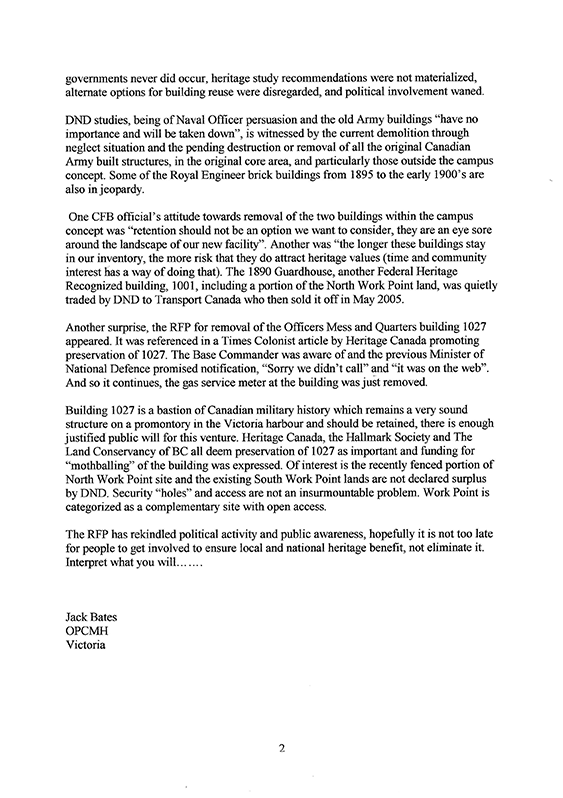
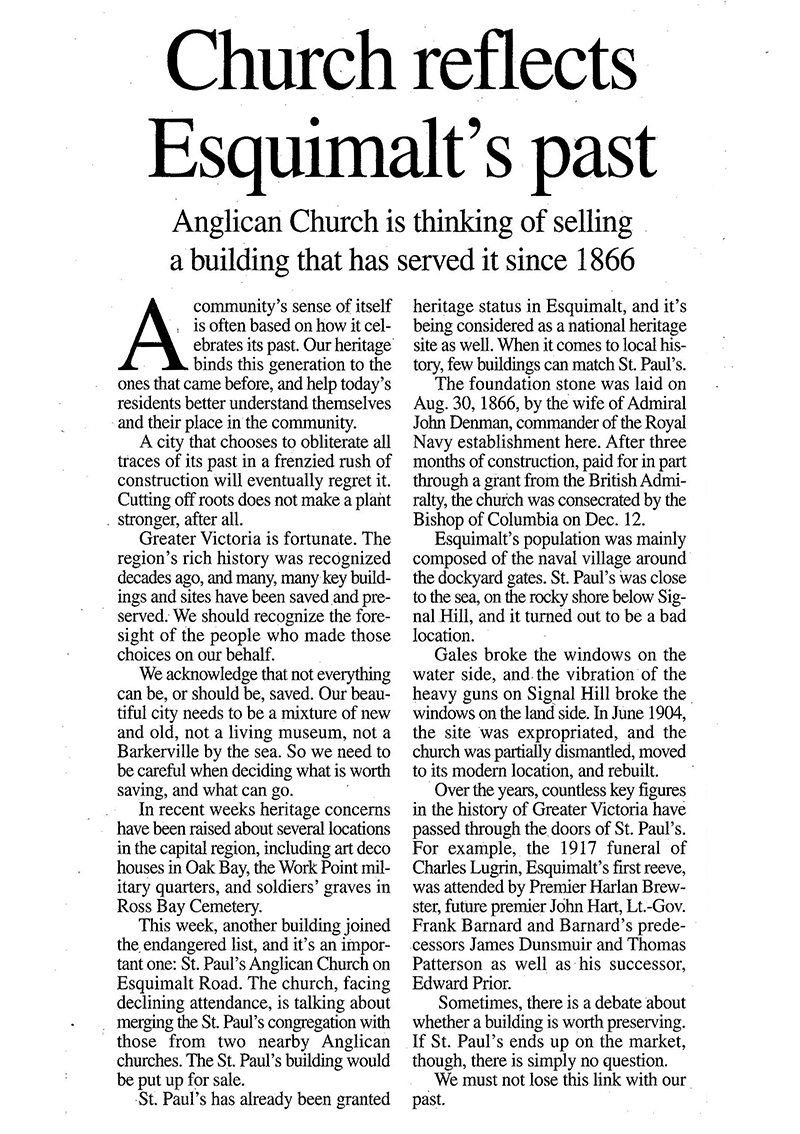
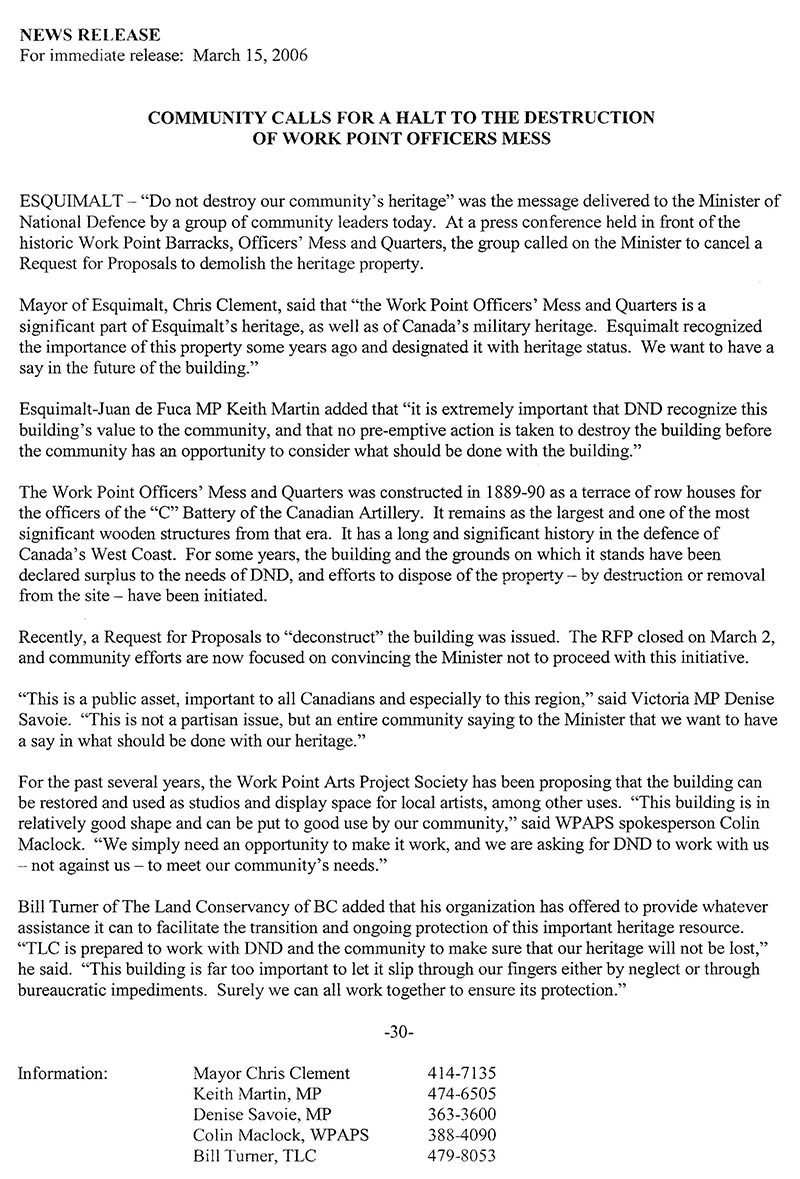
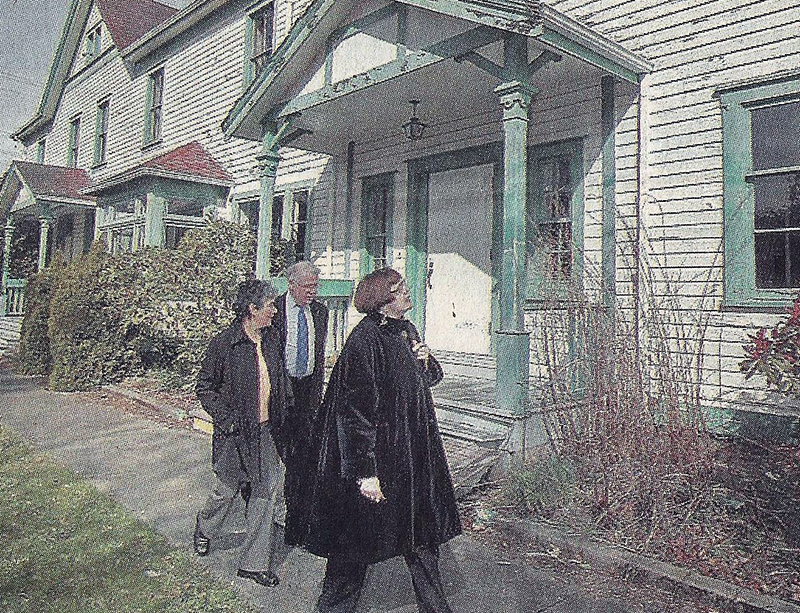
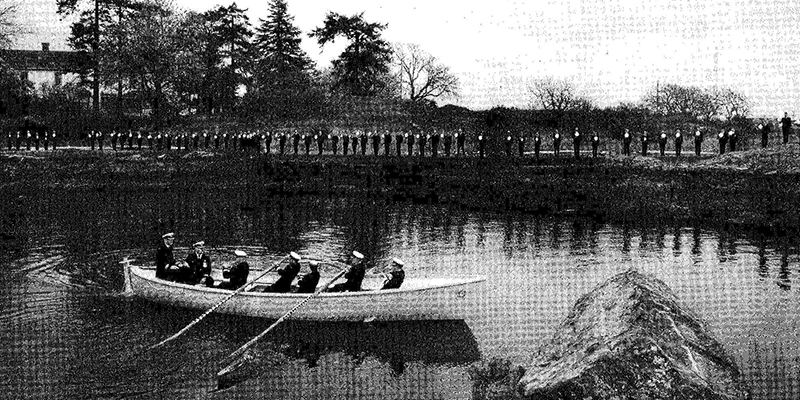
.png)
.png)
